- PLAN YOUR TRIP
- THINGS TO DO AND SEE

Wawel Cathedral in Krakow: All You Need to Know
The Wawel Cathedral , with its millennial history and unique architecture that blends styles from over six centuries of events, closely intertwined with those of Krakow and all of Poland, stands as a symbol of the profound connection between the Polish people and Christianity, as well as their cultural heritage.
Having served as the venue for the coronations of the Kings of Poland , the Royal Cathedral now stands as a magnificent example of Gothic architecture, adorning the Wawel Castle like a precious gem and serving as a sanctuary for Poland’s proud national history. Inside its walls, visitors can explore chapels and mausoleums exquisitely adorned by masters of the Italian Renaissance, while the crypts hold the mortal remains of kings, queens, saints, poets, and heroes, shrouded in ancient mystery.
What you can find in this guide to Krakow’s Wawel Cathedral:
Wawel Cathedral: History and Curious Facts
Wawel cathedral: things to see and visit guide, wawel cathedral tours and tickets, how to get to the wawel cathedral.
The Wawel Cathedral , also known as the Royal Archcathedral Basilica , holds significant importance as the Polish national sanctuary, commemorating the nation’s history, national identity, and the deep roots of Polish Christianity. What stands today is the magnificent Gothic Cathedral , the third edifice erected on this site. The original cathedral was built in the 11th century under the patronage of King Boleslaw I Chrobry . However, it was later replaced in 1140 by a Romanesque cathedral, which unfortunately succumbed to a fire in 1305.
Nonetheless, visitors can still explore St. Leonard’s Crypt , the sole remnant of the original 11th-century church. Another surviving structure is the Silver Bell Tower , which dates back to the 12th century Romanesque cathedral, making it the oldest tower at Wawel Castle .
Following the fire in 1305, King Władysław I the Elbow-high was crowned here in 1320, and he initiated the construction of the current Gothic Cathedral, which was eventually consecrated in 1364. The Cathedral, particularly the Sigismund’s Chapel dating back to the early 1500s, showcases the brilliance of the Italian Renaissance, owing to the efforts of several Italian artists. Among them were Bartolomeo Berrecci , a Florentine Renaissance architect, who played a significant role in designing much of the Royal Palace of Wawel Castle , and Giovanni Battista Gisleni and Giovanni Battista Trevano , prominent artists who served at the Polish kings’ court.
Throughout the centuries, all Polish kings were crowned here, and following their passing, they were laid to rest in the chapels and crypts of Wawel Cathedral . In addition to its historical significance, the cathedral holds personal connections to remarkable individuals. In 1942, Karol Wojtyla , who would later become Pope John Paul II in 1978, celebrated his first mass as a priest in one of the chapels in the crypt. Moreover, he was ordained as an auxiliary bishop of Krakow in 1958 at the same sacred place.
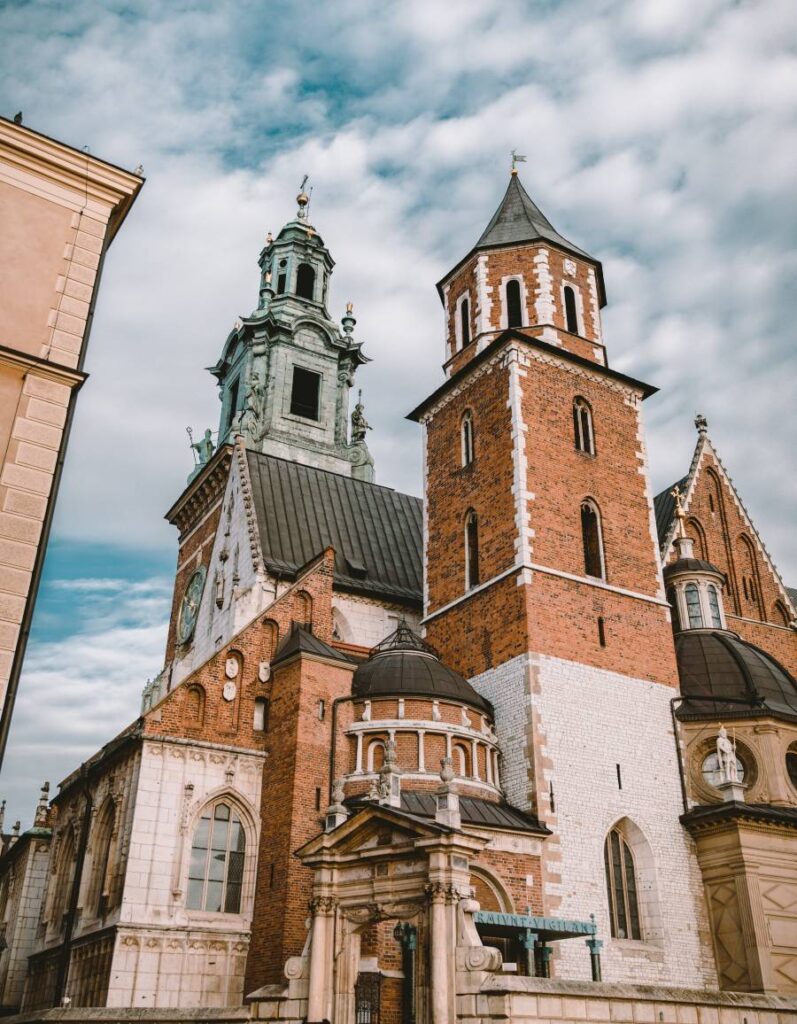
Wawel Cathedral is not merely a church; it is a captivating museum that offers a glimpse into the rich history and culture of Krakow. As you step inside Wawel Cathedral, you are immediately greeted by the alleged bones of the Wawel Dragon , a legendary creature said to have once terrorized the inhabitants of Krakow from its home on Wawel Hill. Locals believe these bones possess magical powers and safeguard the cathedral, but they are, in fact, fossilized mammalian bones, possibly from a whale.
Continuing your visit, you will come across the awe-inspiring Baroque Sarcophagus of St. Stanislaus , the patron saint of Poland. This silver masterpiece, created in the 17th century in Gdansk, is adorned with inscriptions and engravings that narrate the life of the revered saint. The central nave leads to several splendid chapels, including the Chapel of the Holy Cross (Kaplica Świętokrzyska na Wawelu) , home to magnificent Byzantine frescoes dating back to the 15th century.
Another significant site within the cathedral is the Tomb of St. Jadwiga , the first queen of Poland, who passed away at the young age of 25. She was buried with only a wooden crown and scepter, as she had sold her jewels to save the declining Jagiellonian University. A true masterpiece of the Italian Renaissance, dating back to the 16th century, is the Sigismund’s Chapel . Originally built as a funeral chapel for the last members of the Jagiellonian Dynasty, it stands as a testament to exquisite craftsmanship.
However, the true highlights of Wawel Cathedral lie in its crypts . Descending into the ancient St. Leonard’s Crypt , dating back to the 11th century, offers a glimpse into the distant past. From there, visitors can explore the Royal Crypts , the final resting place of kings, royal family members, heroes, poets, and distinguished national leaders, such as Tadeusz Kościuszko and Józef Piłsudski .
For a remarkable experience, make sure to visit Sigismund’s Tower . Climbing 70 steps rewards you with the sight of the famous Royal Sigismund Bell , an impressive bell commissioned by King Sigismund I of Poland in 1520. Weighing around 13 tons, it requires 12 bell-ringers to swing it. The bell tolls on special occasions, like national or religious holidays, filling the air with its resounding chime. Additionally, from the tower’s top, you can relish a breathtaking view of Wawel Castle and the charming Krakow Old Town .
When visiting Wawel Castle , it’s essential to note that Wawel Cathedral requires a separate ticket, distinct from the tickets for other attractions within the castle. However, this ticket provides access to the cathedral, the crypts, and the tower with the bell.
Booking your tickets, along with an audio guide (offered in several languages), can be conveniently done online. Alternatively, you have the option to visit Wawel Cathedral as part of a Wawel Castle Tour , which come with skip-the-line tickets and a multilingual expert guide. These tours grant you the opportunity to unravel all the fascinating secrets of the Cathedral and Wawel Castle.
The Wawel Cathedral is located within the walls of the Wawel Castle , between the Vistula and Grodzka Street . You can reach it with an easy 10-minute walk from the Main Market Square . For more info you can check the official website of the Wawel Cathedral .
Things to see and do around Wawel Cathedral
Wawel Cathedral is located in the heart of Krakow’s Old Town and within walking distance of the Main Market Square . You can also easily reach the Kazimierz Jewish Quarter on foot.
Check out our must-read list of the Best Things to Do and See in Krakow .
Planning your trip to Krakow? Then these will come in handy:
- Krakow Travel Guide: Things to do in and around Krakow
- All You Need to Know Before Going to Krakow (Best Tips for Planning Your Trip)
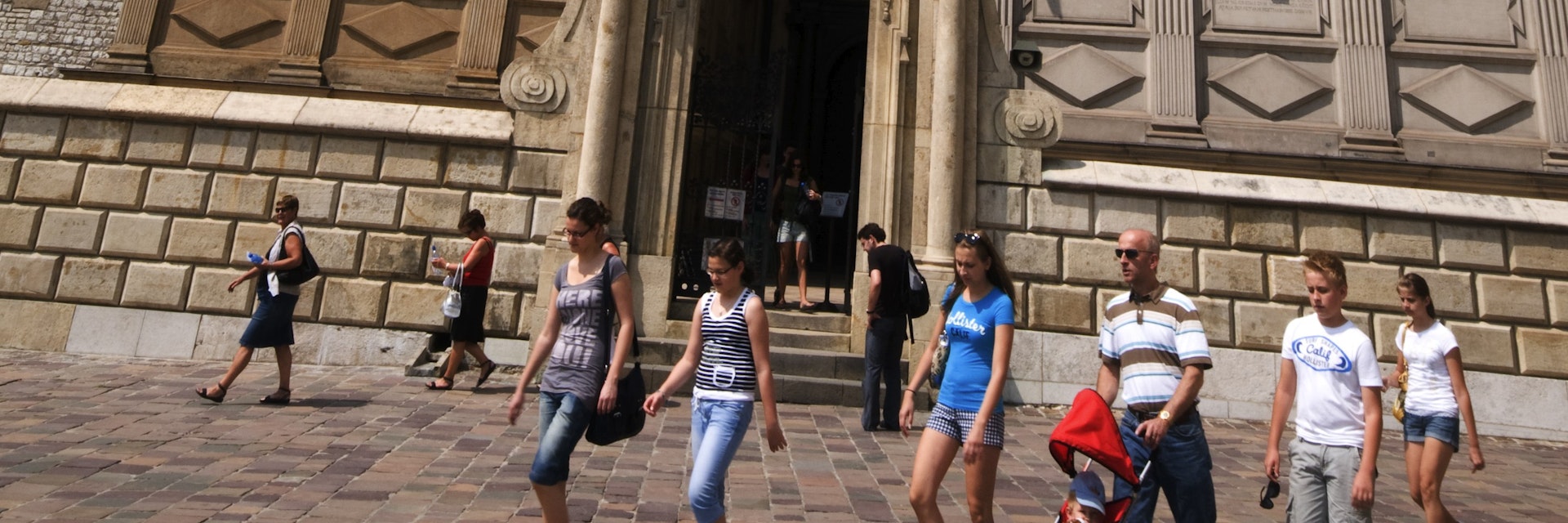
Wawel Cathedral
Top choice in Kraków
Wawel Cathedral has witnessed many coronations, funerals and burials of Poland’s monarchs and nobles. The present cathedral is basically a Gothic, but chapels in different styles were built around it later. The showpiece is the Sigismund Chapel (Kaplica Zygmuntowska) on the southern wall. It’s often referred to as the most beautiful Renaissance chapel north of the Alps, recognisable from the outside by its gilded dome. An audio guide (8zł) helps to put it all in context.
This is the third church on this site, consecrated in 1364. The original was founded in the 11th century by King Bolesław I Chrobry and replaced with a Romanesque construction around 1140. When that burned down in 1305, only the Crypt of St Leonard survived. Highlights include the Holy Cross Chapel, Sigismund Chapel, Sigismund Bell, and the Crypt of St Leonard and Royal Crypts.
Before you enter, note the massive iron door and, hanging on a chain to the left, the supposed bones of the Wawel dragon. They are believed to have magical powers; as long as they remain, the cathedral will survive. (They are actually fossilised whale and mammoth bones.)
Once inside, you’ll get lost in a maze of sarcophagi, tombstones and altarpieces scattered throughout the nave, chancel and ambulatory. Highlights include the Holy Cross Chapel (Kaplica Świętokrzyska), distinguished by its 15th-century Byzantine frescoes and the red marble sarcophagus (1492), and the Tomb of St Queen Hedwig (Sarkofag Św Królowej Jadwigi), a much beloved and humble 14th-century monarch whose unpretentious wooden coronation regalia is on display nearby.
In the centre of the cathedral stands the flamboyant baroque Shrine of St Stanislaus (Konfesja Św Stanisława), dedicated to the bishop of Kraków, canonised in 1253 and now the patron saint of Poland. The silver sarcophagus, adorned with 12 relief scenes from the saint’s life, was made in Gdańsk between 1663 and 1691; note the engravings on the inside of the ornamented canopy erected about 40 years later.
From the nave, descend from the left-hand aisle to the Crypt of St Leonard, the only remnant of the 12th-century Romanesque cathedral extant. Follow through to get to the Royal Crypts (Groby Królewskie) where, along with kings such as Jan III Sobieski, many national heroes and leaders, including Tadeusz Kościuszko, Józef Piłsudski and WWII General Władysław Sikorski, are buried.
You can climb the tower via 70 steps to see the Sigismund Bell (Dzwon Zygmunta). Cast in 1520, it’s 2m high and 2.5m wide, and weighs 11 tonnes, making it the largest historic bell in Poland. Its clapper weighs 350kg, and eight strong men are needed to ring the bell, which happens only on the most important church holidays and for significant state events. The views from here are worth the climb.
Entry to the cathedral itself is free. A combined ticket (adult/concession 12/7zł) provides entry to the Royal Crypts and Sigismund Bell, as well as the Wawel Cathedral Museum, diagonally opposite the cathedral itself.
Get In Touch
12 429 9515
https://www.katedra-wawelska.pl
Lonely Planet's must-see attractions
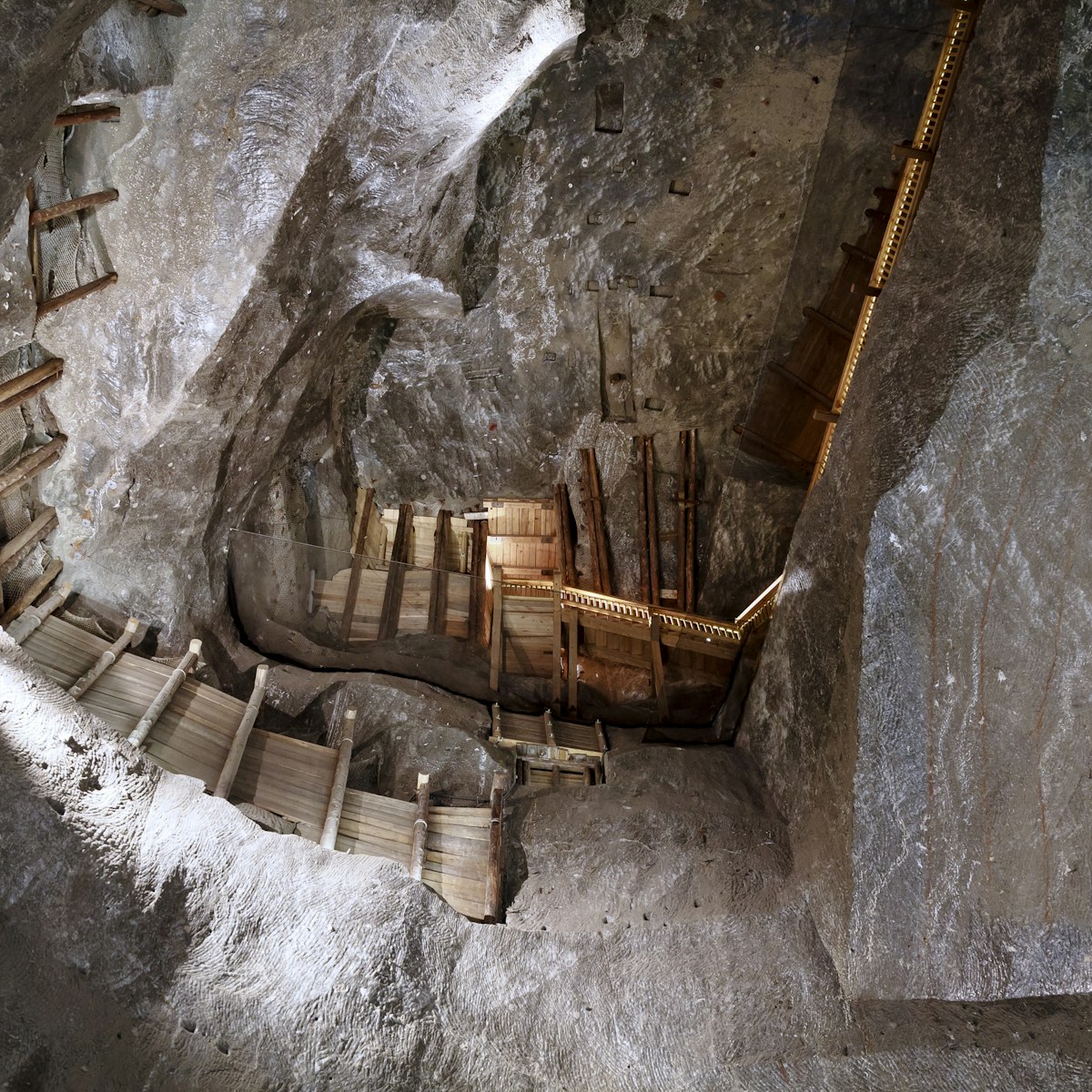
Wieliczka Salt Mine
Some 14km southeast of Kraków, the Wieliczka (vyeh-leech-kah) salt mine has been welcoming tourists since 1722 and today is one of Poland's most popular…
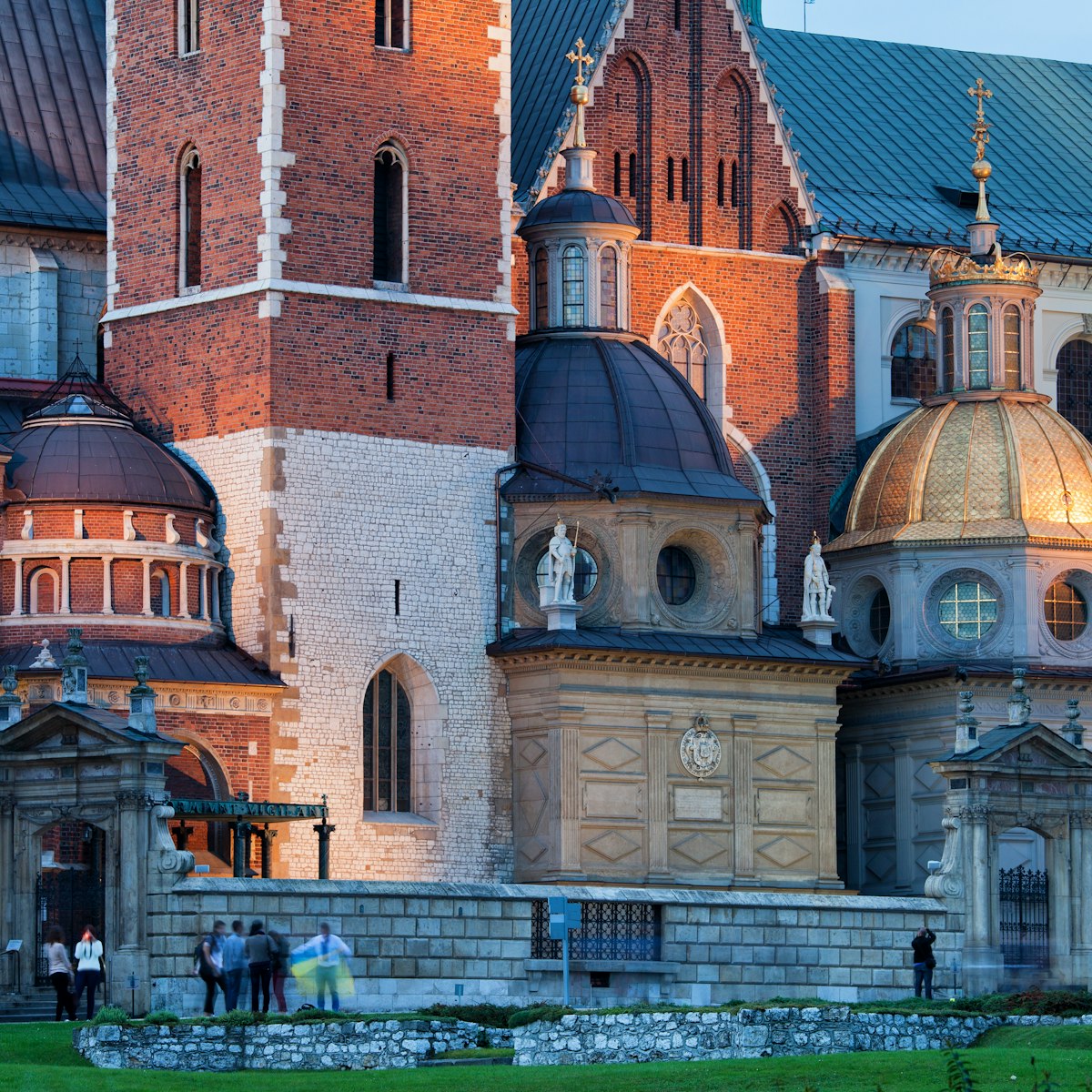
Wawel Royal Castle
As the political and cultural heart of Poland through the 16th century, Wawel Royal Castle is a potent symbol of national identity. It's now a museum…
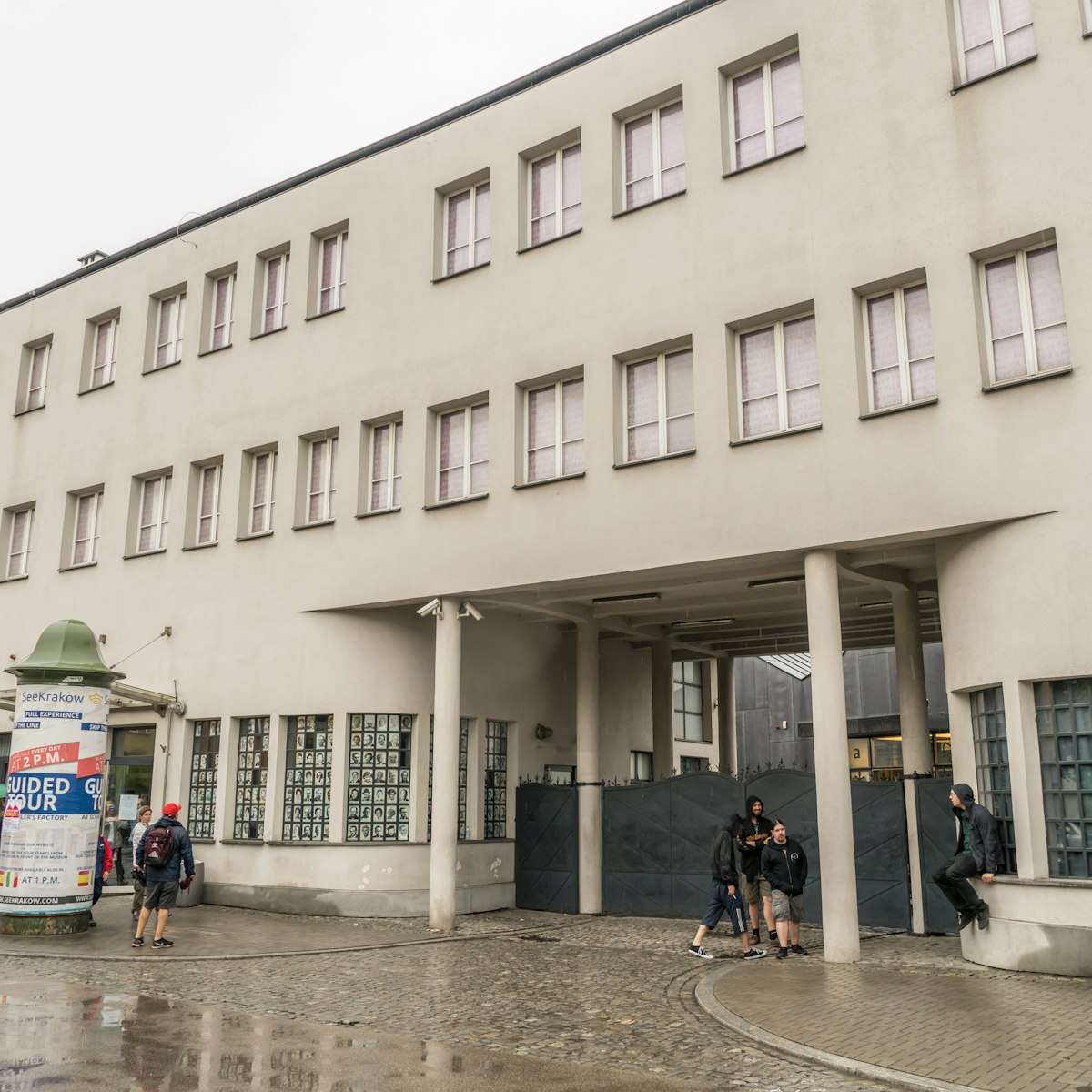
Schindler's Factory
Despite the name, this museum covers more than the story of Oskar Schindler, the Nazi German industrialist who famously saved the lives of members of his…
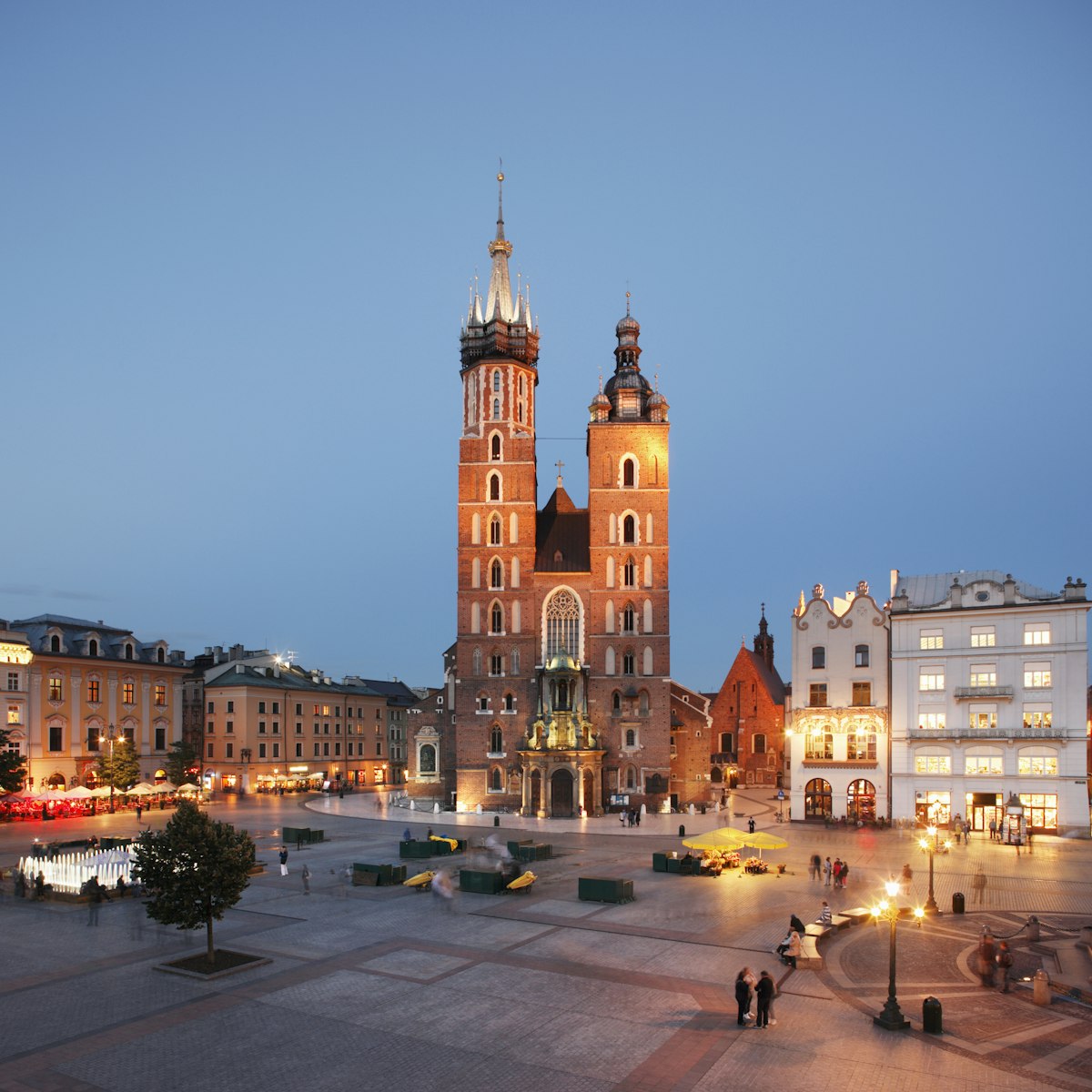
St Mary's Basilica
This striking brick church, best known simply as St Mary’s, is dominated by two towers of different heights. The first church here was built in the 1220s…

Collegium Maius
The Collegium Maius, part of Jagiellonian University, is the oldest surviving university building in Poland, and one of the finest examples of 15th…

Museum of Pharmacy
The name of this museum doesn’t sound that exciting, but the Jagiellonian University Medical School’s Museum of Pharmacy is one of the largest museums of…
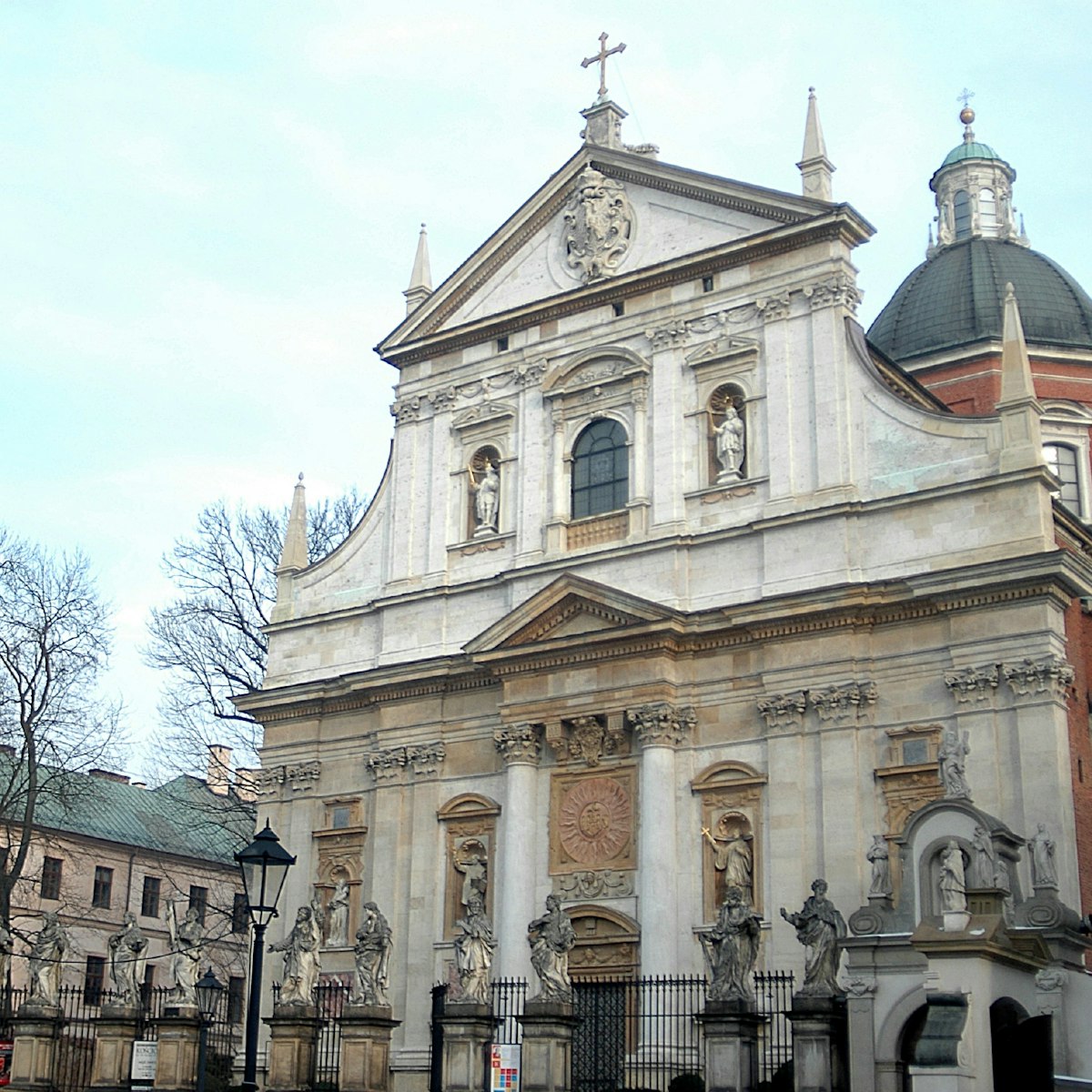
Church of SS Peter & Paul
The Jesuits erected this church, the first baroque building in Kraków, after they had been brought to the city in 1583 to do battle with supporters of the…

Kościuszko Mound
This mound, dedicated to Polish (and American) military hero Tadeusz Kościuszko (1746–1817), was erected between 1820 and 1823. It stands 34m high and…
Nearby Kraków attractions
1 . Exhibition of Oriental Art
A collection of 17th-century Turkish banners and weaponry, captured after the Battle of Vienna and displayed along with a variety of old Persian carpets,…
2 . Wawel Royal Castle
3 . Wawel Cathedral Museum
Diagonally opposite the cathedral is this treasury of historical and religious objects from the cathedral. There are plenty of exhibits, including church…
4 . Lost Wawel
Accommodated in the old royal kitchen, this exhibition features remnants of the late-10th-century Rotunda of SS Felix and Adauctus, reputedly the first…
5 . Crown Treasury & Armoury
Housed in vaulted Gothic rooms surviving from the 14th-century castle, the most famous object in the treasury is the Szczerbiec (Jagged Sword), dating…
6 . State Rooms
The State Rooms constitute the largest and most impressive exhibition in the castle; the entrance is in the southeastern corner of the courtyard, from…
7 . Royal Private Apartments
This tour lends insight into how the monarchs and their families once lived. You’ll see plenty of magnificent old tapestries, mostly northern French and…
8 . Archdiocesan Museum
This collection of religious sculpture and paintings, dating from the 13th to 16th centuries, is located in a 14th-century townhouse. Also on display is…

Sign Up Today
Start your 14 day free trial today

The History Hit Miscellany of Facts, Figures and Fascinating Finds
Wawel Cathedral
Krakow, Lesser Poland Voivodeship, Poland
Wawel Cathedral is one of Krakow’s most significant historic sites and the burial place of many of its monarchs and national icons.

Sarah Roller
22 jul 2021, @sarahroller8.
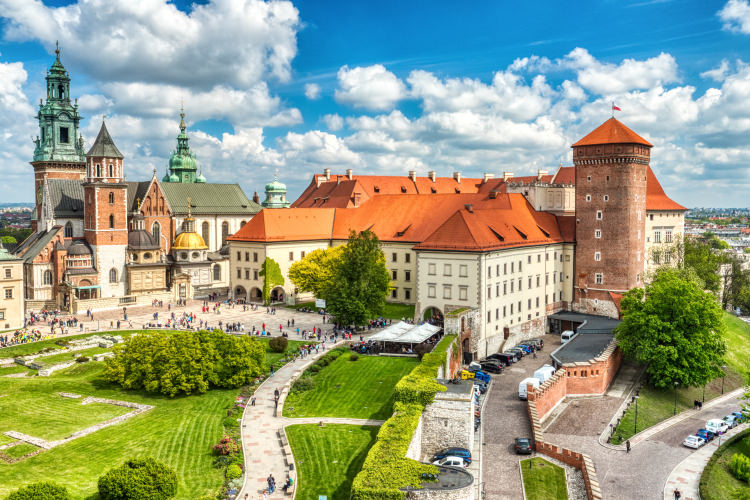
About Wawel Cathedral
Wawel Cathedral (Cathedral Basilica of Saints Stanisław and Vaclav) is an iconic 14th century gothic building in Krakow in Poland steeped in the country’s history. Consecrated in 1364, Wawel Cathedral is located on Wawel Hill, one of the most historically significant areas in Poland, renowned as being the centre of the country’s power for hundreds of years.
History of Wawel Cathedral
In fact, the current Wawel Cathedral is not the first to be built on this site. King Bolesław Chrobry built the first Wawel Cathedral at the beginning of the first millennium. In approximately 1140, this building was succeeded by a new Wawel Cathedral which was destroyed by a fire in 1305. Today’s Wawel Cathedral was then built as a replacement.
Wawel Cathedral itself has played an important role in Poland’s past as the site of the majority of its coronations and royal funerals. It is also where many prominent Poles have been laid to rest. The crypts, tombstones and sarcophagi of these national icons are visible throughout the cathedral, including those of kings Władysław I, Casimir III the Great and Sigismund I and Saint Queen Hedwig, to name a few.
Wawel Cathedral’s chapels are fascinating in their own right, the most famous of which is Sigismund Chapel (Kaplica Zygmuntowska). In fact, every aspect of Wawel Cathedral seems to be immersed in history, from the prehistoric animal bones hanging on the door in the entrance to the shrine to Poland’s former bishop and current patron saint, St Stanislaus, the Konfesja Św Stanisława. Even the bell of Wawel Cathedral tells a story.
Known as the Sigismund Bell (Dzwon Zygmunta), this vast sixteenth century bell is the largest antique bell in Poland and weighs an astonishing eleven tonnes. Visitors can view the bell by climbing the seventy steps to where it resides.
Today, Wawel Cathedral is the seat of the archdiocese of Krakow. It also forms part of a UNESCO World Heritage site.
Wawel Cathedral today
The cathedral is something of a maze inside – the audio guide is extremely good (and helpful!) when it comes to navigating inside. You’ll have to pay to climb the 70 steps up to the Sigismund Bell, Poland’s largest historic bell which needs 8 men in order to ring it. The views across the city are fabulous. The Royal Crypts and Wawel Cathedral Museum opposite are also included in the fee.
Getting to Wawel Cathedral
Wawel Cathedral is located in central Krakow as part of the Wawel Royal Castle complex, just outside the Stare Miasto (Old Town). It’s an easy 15 minutes walk from the Old Town or you can catch the tram (stop Wawel) if you’re coming from further afield. Most visitors enter via Podzamcze
Featured In
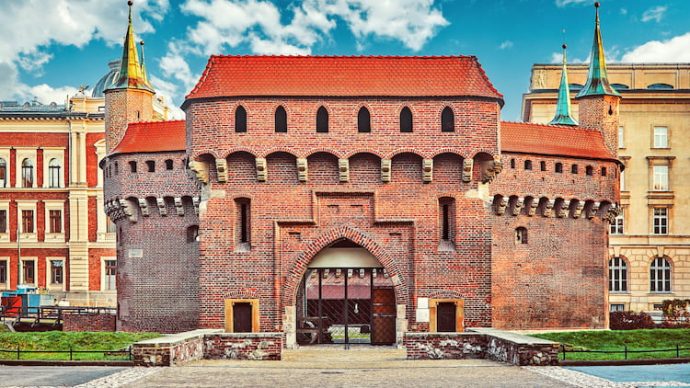
Poland Historic Sites
Explore the diverse history of Poland, from the great Barbakan to the beautiful Wilanow Palace, through our guide to 10 historic sites, landmarks and monuments to see when in Poland.

Related Articles
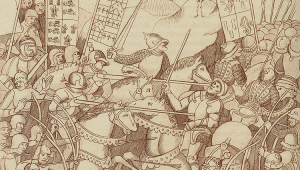
10 Facts About the Battle of Shrewsbury
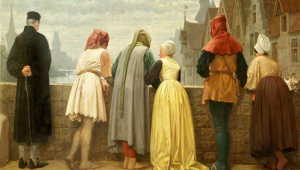
Why We Should Still Care About Medieval History
Watch and listen.
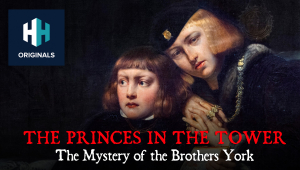
The Princes in the Tower: The Mystery of the Brothers York
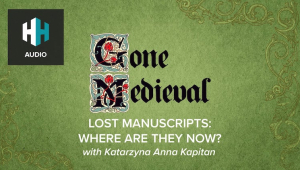
Lost Manuscripts: Where Are They Now?
You may also like.
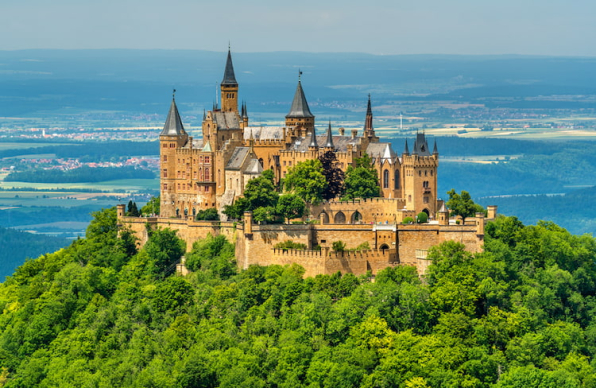
Epic Medieval Castles to Visit in Europe
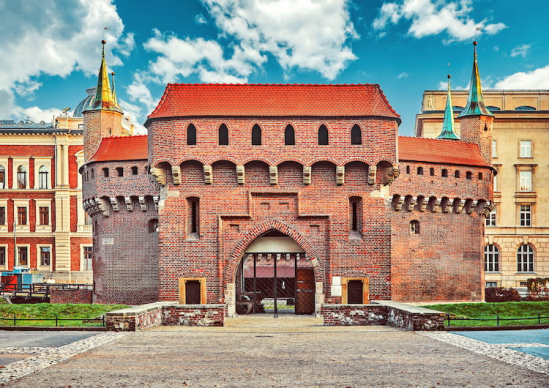
10 Historic Sites, Landmarks and Monuments to See in Poland
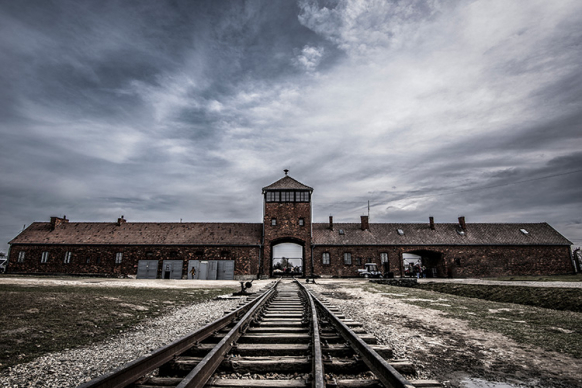
15 Holocaust Sites, Museums and Memorials to Visit
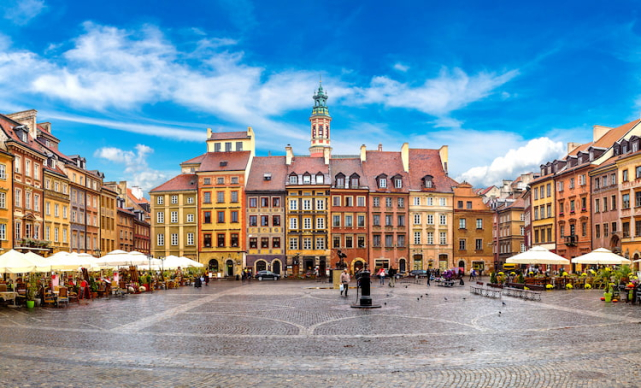
The Museum of Warsaw
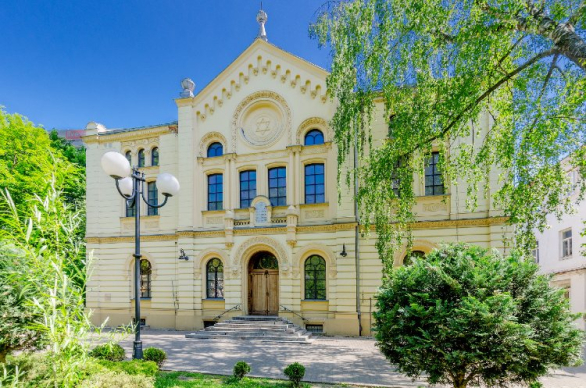
Nozyk Synagogue
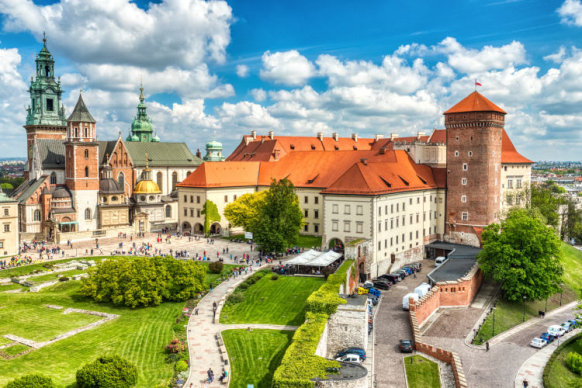
Wieliczka Salt Mine
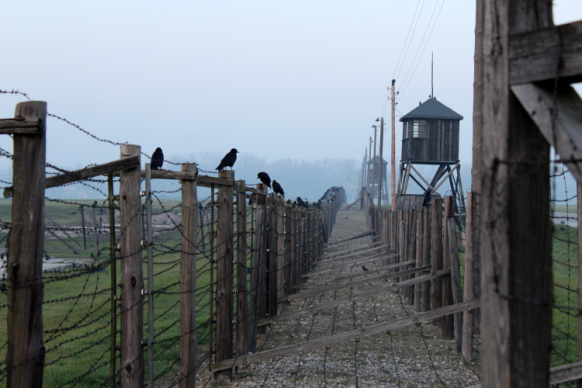
KZ Majdanek
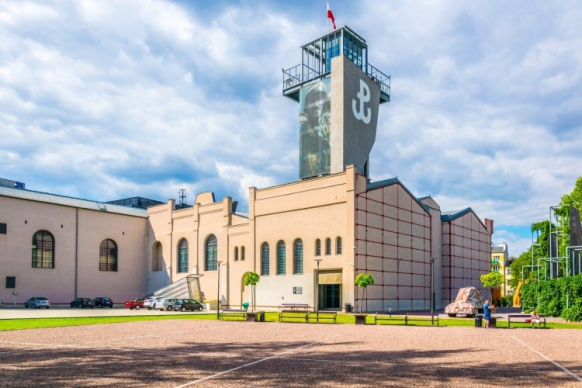
Warsaw Rising Museum
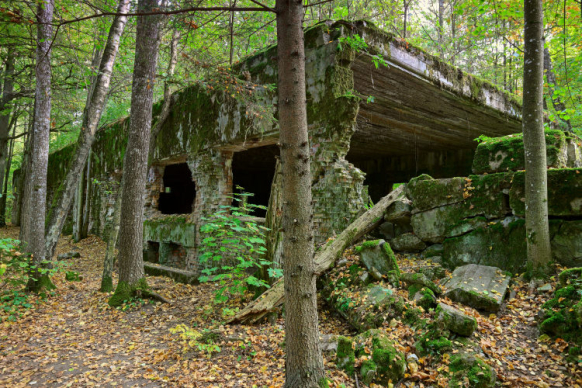
Wolf’s Lair
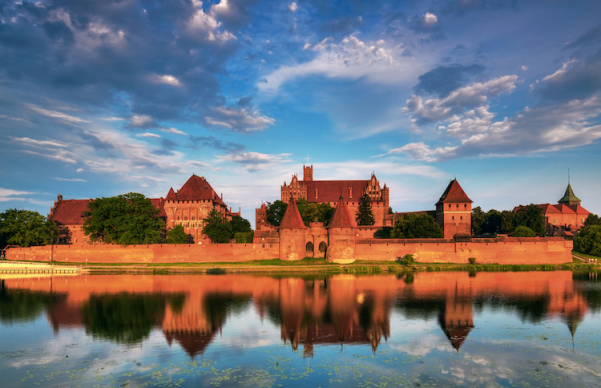
Malbork Castle
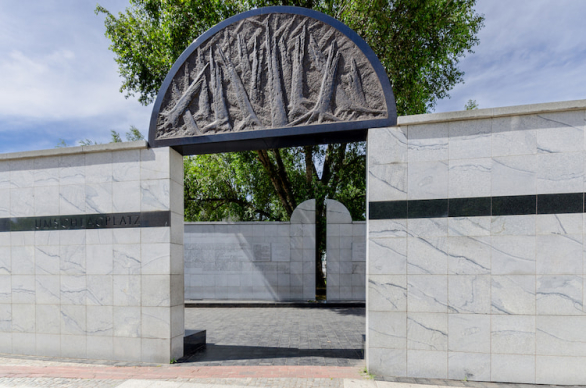
Umschlagplatz
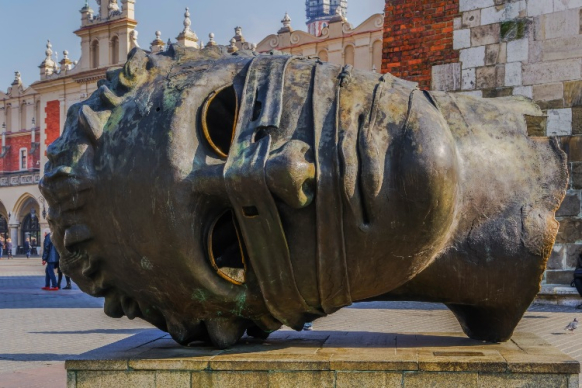
Eros Bendato Sculpture
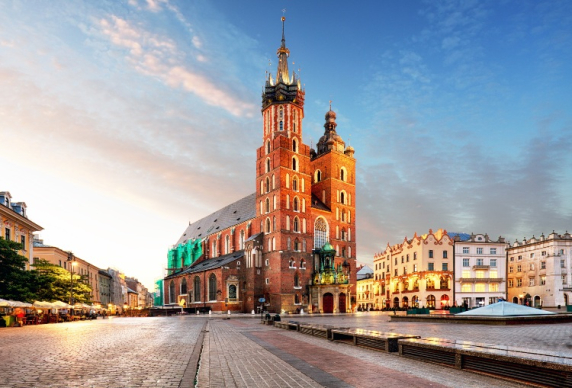
St. Mary’s Basilica
Wawel Cathedral

Price & Hours
- Facilities 3.5
- Atmosphere 4.0
Wawel Cathedral – situated in the Wawel Hill neighborhood – is one of Poland's most important places of worship. For centuries, this church hosted Saint Stanislaus, who advocated for Polish independence. He is buried in the church's burial chambers alongside an array of Polish monarchs and other famous Poles. It is hardly surprising, then, that this part of the site is one of its most popular to visit.
According to past travelers, the striking Wawel Cathedral is the unmistakable highlight of Wawel Hill and one of Kraków's can't-miss attractions. Though you'll have to pay an extra 12 Polish zloty ($3) to check out the property's Sigismund Bell, Royal Tombs and museum, many said the extra sights are worth seeing. Renting an audio guide for 7 Polish zloty (less than $2) is also recommended since there's a lot of history to take in.
Wawel Cathedral is free to visit from 9 a.m. to 4 or 5 p.m. Monday through Saturday and between 12:30 and 4 or 5 p.m. on Sundays. If you opt to visit the Cathedral Museum, keep in mind that it is closed on Sundays. In addition to the property's buildings, you'll have access to a garden, a cafe, restrooms and a gift shop. On-site parking is not available, so you'll need to take the No. 6, 8, 13 or 18 tram, hail a taxi or walk from central sights like the Main Market Square and St. Mary's Basilica . Additional information about Wawel Cathedral can be found on the property's website .
Popular Tours

Day Trip to Auschwitz-Birkenau and Wieliczka Salt Mine from Krakow including Lunch
(2792 reviews)
from $ 109.70

Krakow to Zakopane and Thermal Hot Bath Day Trip with Transfer
(3136 reviews)
from $ 74.94

Krakow to Auschwitz-Birkenau Guided Tour with Ticket and Transfer
(2712 reviews)
from $ 33.24
More Best Things To Do in Krakow

#1 Auschwitz-Birkenau Memorial and Museum
A 42-mile trip west of Kraków, the brutal, crushing concentration and extermination camps of Auschwitz I and Auschwitz II-Birkenau are located in the city of Oswiecim. More than 1.1 million people died in these camps' barracks, hospitals, gas chambers and labor fields.
Travelers say the Auschwitz-Birkenau Memorial and Museum is one of Europe's best preserved concentration camps. These camps, many add, are an important piece of history, although you'll feel emotional during your tour. As such, this locale is not ideal for younger children. Plan on bringing water and wearing comfortable walking shoes since you'll cover a lot of ground here. Also, reserve your timed entry passes and guided tours on the property's booking page well in advance.
Explore More of Krakow

Things To Do

Best Hotels

You might also like

# 2 in Best Eastern Europe Travel Spots

# 1 in Best Places to Visit in Germany

# 1 in Best Christmas Vacations
If you make a purchase from our site, we may earn a commission. This does not affect the quality or independence of our editorial content.
Recommended
The 25 Best Beaches on the East Coast for 2024
Timothy J. Forster|Sharael Kolberg April 19, 2024

The 50 Best Hotels in the USA 2024
Christina Maggitas February 6, 2024

The 32 Most Famous Landmarks in the World
Gwen Pratesi|Timothy J. Forster February 1, 2024

9 Top All-Inclusive Resorts in Florida for 2024
Gwen Pratesi|Amanda Norcross January 5, 2024

24 Top All-Inclusive Resorts in the U.S. for 2024
Erin Evans January 4, 2024

26 Top Adults-Only All-Inclusive Resorts for 2024
Zach Watson December 28, 2023

Solo Vacations: The 36 Best Places to Travel Alone in 2024
Lyn Mettler|Erin Vasta December 22, 2023

26 Cheap Beach Vacations for Travelers on a Budget
Kyle McCarthy|Sharael Kolberg December 4, 2023

The 50 Most Beautiful White Sand Beaches in the World
Holly Johnson December 1, 2023

The 26 Best Zoos in the U.S.
Rachael Hood November 16, 2023

TheBetterVacation.com
Everything about tourist attractions
Wawel Castle – tickets, prices, discounts, timings, what to expect, FAQs

Wawel Castle is a historical gem on Wawel Hill in Krakow that symbolizes Poland’s rich and diverse heritage.
The Castle’s origins date back to the 10th century and are a living testament to centuries of history, culture, and architectural ability.
Over the years, Wawel Castle has evolved from a medieval fortress to a royal residence. It has stood witness to the grandeur of monarchs and functioned as a guardian of national treasures.
Wawel Castle is an archive of Poland’s collective memory, with its complex mix of Gothic, Renaissance, and Baroque elements.
The castle provides visitors a glimpse into the nation’s past and a gateway to the captivating stories that have shaped its identity.
This article covers everything you must know before booking tickets for the Wawel Royal Castle.
Top Wawel Castle Tickets
# Krakow: Wawel Castle and Cathedral Guided Tour # Krakow: Wawel Castle Guided Tour with Skip-The-Line Entry # Krakow: Wawel Castle Crown Treasury Tour and Royal Armory
Table of contents
What to expect at wawel castle, where to book tickets, how do online tickets work, krakow wawel castle ticket price, krakow wawel castle and cathedral guided tour tickets, wawel castle guided tour with skip-the-line entry tickets, wawel castle crown treasury tour and royal armory tickets, how to reach wawel castle, opening hours of wawel castle, how long does the tour take, best time to visit wawel castle, faqs about wawel castle.
Expect an exciting experience that promises to transport you to the past, allowing you to explore Polish history, architecture, and culture.
The castle’s exterior is a melange of different architectural styles, showcasing design evolution over the centuries.
Witness Gothic, Renaissance, and Baroque elements in its towers and courtyards, each telling a story of its era.
The castle has remarkable art collections, including tapestries, portraits, armor, and artifacts. These collections offer insight into the artistic achievements and cultural heritage of Poland.
The castle’s hilltop location provides stunning panoramic views of the city of Krakow and the Vistula River. The view from the castle’s towers is an excellent vantage point to appreciate the city’s layout and landscape.
The knowledgeable guides will narrate stories that enhance your understanding of the castle’s historical and cultural significance.
A visit to Wawel Castle is a journey through time — a chance to engage yourself in the treasures that have shaped Poland’s history and culture.
Back to Top
Tickets for Wawel Castle can be purchased online or at the attraction.
Online ticket prices tend to be cheaper than tickets at the venue.
When you buy online, you can avoid the long queues at the attraction’s ticket counters.
When you book early, you also get your preferred time slot.
Because some attractions sell a limited number of tickets, during peak days they may sell out. Booking early also helps avoid last-minute disappointments
Visit the Wawel Castle ticket booking page , select your preferred date, time slot, and number of tickets, and buy the tickets right away.
After making the purchase, you will receive the tickets in your email.
You don’t need to take any printouts.
Show the e-ticket on your smartphone at the entrance on the day of your visit and start your royal adventure.
Don’t forget to bring your official IDs.
Tickets for Krakow Wawel Castle and Cathedral Guided Tour are priced at €39 for visitors aged 18 and above.
For visitors aged between seven and 17, the tickets cost €37.
For students aged 18 to 26 years, the tickets are priced at €38.
Children up to six years old get free admission.
Krakow Wawel Castle Guided Tour with Skip-The-Line Entry tickets are priced at €179 for visitors of all ages.
Tickets for Krakow Wawel Castle Crown Treasury Tour and Royal Armory cost €113 for visitors of all ages.
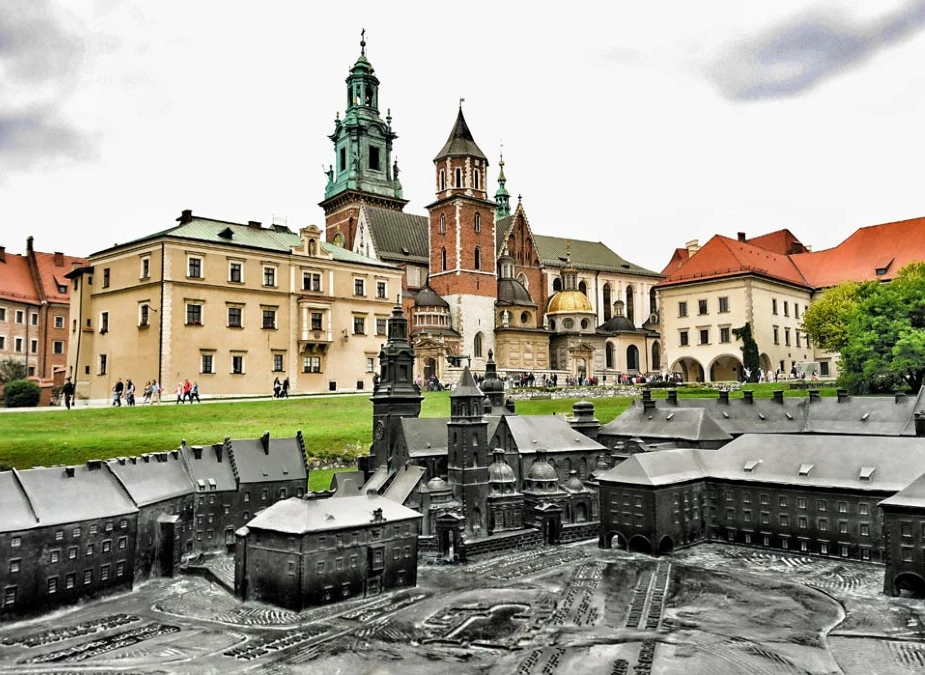
The Wawel Castle is a must-see for any history lover. This former residence of Polish kings symbolizes Polish statehood and is now a museum.
The castle hosts a vast collection of paintings, graphics, sculptures, fabrics, goldsmith works, military items, porcelain, and furniture.
Inside the chambers, you can see the famous tapestries of Zygmunt August and the magnificent Renaissance Italian paintings from the Lanckoronski collection.
You can also explore the Wawel Collections of eastern art, one of Europe’s largest and most important collections of tents. The castle is also an important center for art conservation.
The castle has been the site of many important events in Polish history, including the coronation of Polish kings and the signing of the Union of Lublin, which united Poland and Lithuania.
Ticket Prices Adult Ticket (18+ years): €39 Child Ticket (7 to 17 years): €37 Student Ticket (18 to 26 years): €38 Infant Ticket (up to 6 years): Free

Wawel Cathedral is the most important cathedral in Poland and an architectural masterpiece. It is located on Wawel Hill in Krakow, the former capital of Poland.
The cathedral was built in the 14th century and is a Gothic-style building.
It is the burial place of many Polish kings and queens, including the first king of Poland, Mieszko I.
The cathedral is also home to the famous Sigismund Bell, Poland’s largest bell.
The Royal Apartments were the private apartments of the Polish kings and queens. They are decorated with collections of silverware, paintings, and Renaissance furniture.
The Wawel Castle State Rooms, built in the 14th century, were the royal residence of the Polish kings until the 17th century.
Ticket Price: €179
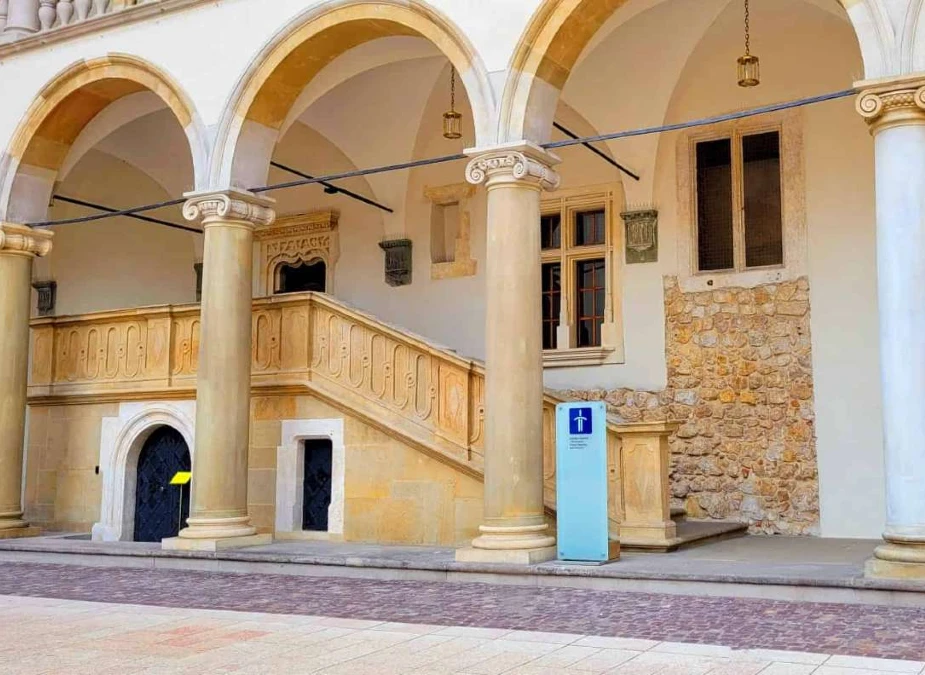
This guided tour of the Crown Treasury at Wawel Castle in Krakow reveals the rich heritage of Polish Kings and Queens.
Discover extraordinary treasures that have adorned the crowns of kings and queens for centuries, exuding both power and beauty.
This magnificent exhibition presents jewels that have survived the ages to tell their tale of glory and power.
Encounter masterpieces of craftsmanship and beauty that will continue to amaze you.
Meet your licensed guide outside the castle and enjoy skipping the line to access the Crown Treasury.
You’ll also explore the royal decorations of honor, including the mantle of the Knight of the Order of the Holy Spirit and rare jewelry collections.
Ticket Price: €113
Save time and money! Explore 39 museums effortlessly with the convenient 1, 2, or 3-day Krakow City Card . Discover the hidden gems beneath Main Market Square, delve into Oskar Schindler’s legacy, hear the trumpets at St. Mary’s Basilica, and much more!
The Wawel Royal Castle is located on Wawel Hill in Krakow’s Old Town, about a 10-minute walk away from the Main Market Square.
Address: Wawel 5, 31-001 Kraków, Poland. Get Directions .
You can reach the attraction by public and private transportation.
Wawel Castle is only 10 minutes from the Krakow Central Bus Station . You can take buses RegioJet 209, Matuszek Kraków-KTW, Kraków – Katowice.
Wawel Castle is only 10 minutes from the Krakow Main Station . You can take trains EC56, EC57, EIC3104, IC3120.
If you’re traveling by car, turn on Google Maps and get started.
There are car parking garages near Wawel Castle.
The Wawel Castle operates from 9 am to 6.30 pm daily throughout the year.
A guided tour of the Wawel Castle’s main attractions, including the State Rooms and Royal Private Apartments, and the Cathedral takes 1.5 to 2 hours.
If you wish to uncover the Castle’s mysteries at leisure, you’ll need 1 to 2 hours more.

Visiting the Wawel Castle early in the morning, after it opens at 9 am, provides a fantastic way to experience the tour.
You can explore the castle’s interior and grounds in a peaceful atmosphere under natural light, allowing you to take your time to appreciate the details and historical significance without feeling rushed.
Early mornings often provide the best balance between a peaceful experience and favorable lighting conditions.
Fall (September to October) can be a fantastic time to visit, as the weather is refreshing and the foliage starts to change, adding the golden touch of autumnal beauty to the castle grounds.
For a less crowded experience, consider visiting the castle during weekdays instead of holidays and weekends.
Here are some frequently asked questions about Wawel Castle, Poland.
Wawel Castle is a historic castle complex located on Wawel Hill in Kraków, Poland. It has served as a royal residence and a political and cultural center, and is now a symbol of Poland’s history and heritage.
The construction of Wawel Castle dates back to the 10th century, with various additions and renovations carried out over the centuries. Its architecture reflects a blend of Gothic, Renaissance, and Baroque styles.
Visitors can explore the State Rooms, Royal Private Apartments, exhibitions showcasing art and artifacts, the Wawel Cathedral, and the Crown Treasury and Armory inside Wawel Castle. The castle also houses the famous Szczerbiec coronation sword.
Photography regulations may differ depending on the specific areas and exhibitions within the castle. While some areas might permit photography without flash, others could restrict photography to preserve delicate artifacts and artworks.
Guided tours are available at Wawel Castle. These tours are often conducted by knowledgeable guides who provide insights into the castle’s history, architecture, and cultural significance.
Wawel Castle hosts special events, exhibitions, and cultural activities annually. These events can offer visitors unique insights into Polish history, art, and traditions.
The legend of the Wawel Dragon at the Wawel Castle is a popular Polish folklore tale associated with Wawel Hill. According to the legend, a fearsome dragon once terrorized the area until it was defeated by a clever cobbler named Krak.
Sources # Wawel.krakow.pl # Wikipedia.org # Introducingkrakow.com The travel specialists at TheBetterVacation.com use only high-quality sources while researching & writing their articles. We make every attempt to keep our content current, reliable and trustworthy .
Popular attractions in Krakow
How useful was this post?
Click on a star to rate it!
This article was researched & written by
Venkata Viswanadh
Venkata Viswanadh is an adventurous wordsmith on a mission to uncover hidden tales and share captivating stories from around the world. He embarks on thrilling journeys through time and space, weaving captivating tales of history, culture, and conquering mountain peaks. Favourite Cities: Barcelona, Paris, New York
Edited by Rekha Rajan & fact checked by Jamshed V Rajan
Leave a Comment Cancel reply
Save my name, email, and website in this browser for the next time I comment.
FireStorm Internet runs this website to provide the most accurate and up-to-day information about tourist attractions.
Our Address
FireStorm Internet, 203, 30C, Bollineni Hillside, Perumbakkam Main Road, Nookampalayam, Chennai, India. Pin Code: 600126
About Us The Team Contact Us Affiliate Disclaimer Content Policy HTML Sitemap Privacy Policy Terms of Service
Helicopter Tours Food Tours Ghost Tours Stadium Tours Hop On Hop Off Tours Zoo Tickets Madame Tussauds Linq High Roller Summit One Vanderbilt
© 2024 FireStorm Internet

Wawel Cathedral
The Wawel Cathedral, over the centuries it was the royal coronation church and the resting place of outstanding Poles
Discover the Wawel Cathedral, a historically significant and visually stunning site with centuries of royal and cultural heritage. As a royal coronation church and the resting place of notable Polish figures, it houses extraordinary wall paintings, priceless works of art, rich museum collections, and the renowned Sigismund Bell, named after its founder, King Sigismund I the Old.
The Krakow Cathedral's construction began around 1000, but its present form as a three-nave Gothic basilica dates back to the 14th century. Its central altar houses the relics of St. Stanisław, the bishop and patron saint of Poland. Interestingly, the entrance displays whale, rhino, and mammoth bones, believed to protect the temple from evil spirits.
Among the nineteen chapels surrounding the cathedral, the gilded Sigismund's Chapel stands out as Poland's most remarkable Renaissance work, known as the "pearl of the Renaissance north of the Alps". Also worth visiting are the Świętokrzyska Chapel, with King Kazimierz Jagiellończyk's marble tombstone carved by Wit Stwosz, and the Baroque-style Vasa Chapel.
The crypts beneath the Wawel Cathedral hold the tombs of Polish kings, national heroes, generals, and revolutionaries, including Tadeusz Kościuszko, Józef Piłsudski, Juliusz Słowacki, and Adam Mickiewicz.
Externally, the Cathedral features three towers overlooking Wawel Hill. The Clock Tower boasts a Baroque dome designed by Kacper Bażanka, while the Silver Bells Tower contains bells with a silver admixture. The iconic Sigismund's Tower houses the "Zygmunt" bell, which rings on holidays, church ceremonies, and significant national events. Legend has it that anyone who enters the tower and touches the bell's heart will always return to Krakow.
Wawel 3 31-001 Kraków www.katedra-wawelska.pl 12 429 95 16
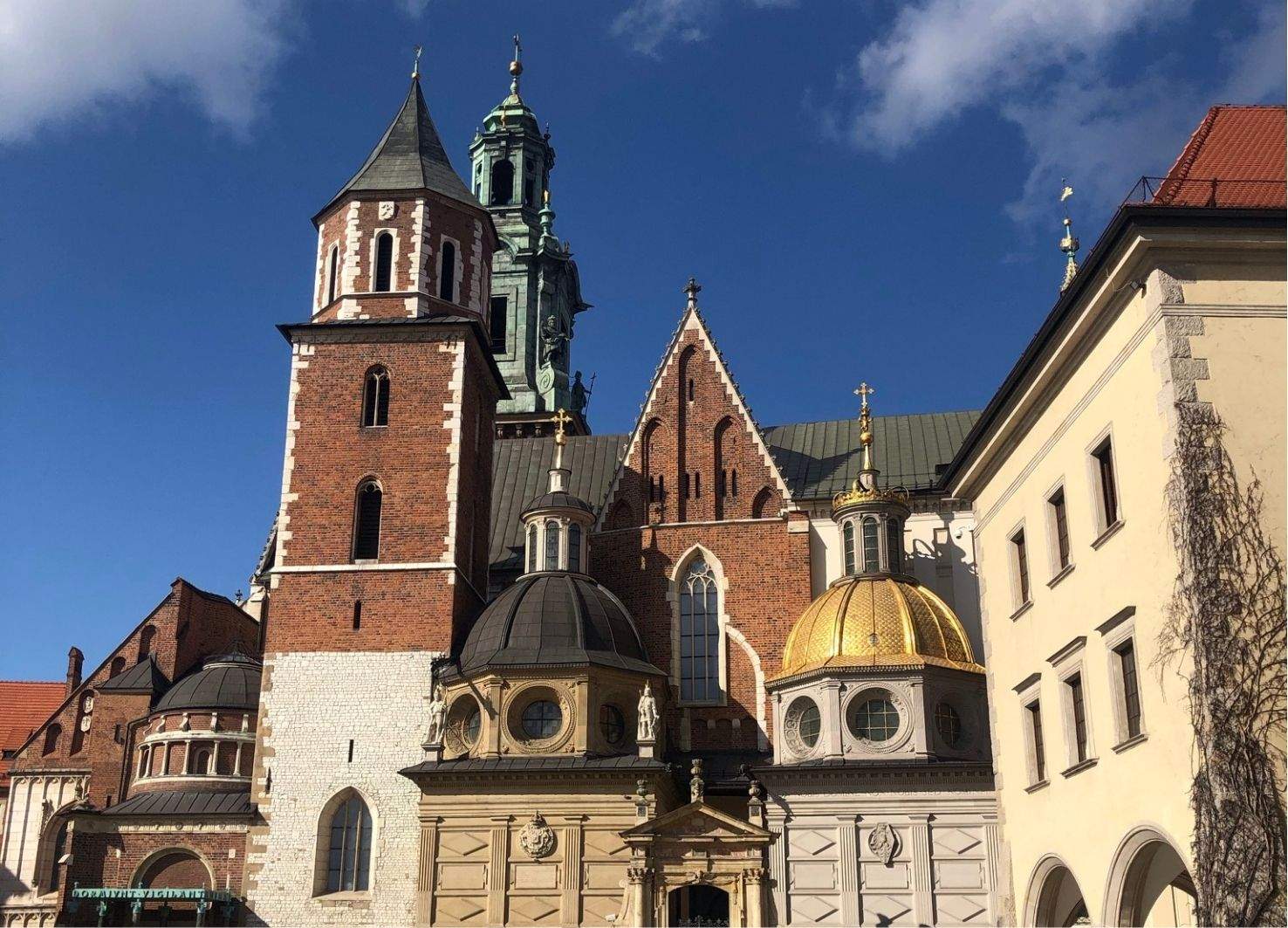

Auschwitz-Birkenau

Krakow's attractions

Regional Attractions

Krakow Transport Hubs
Latest on blog.
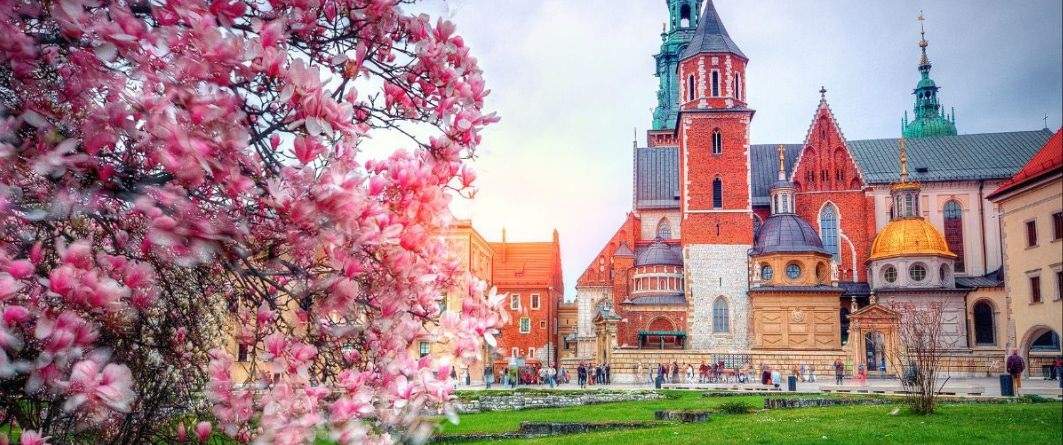
Spring in Krakow: Discover the Best Attractions and Enjoy the March, April, and May Weather
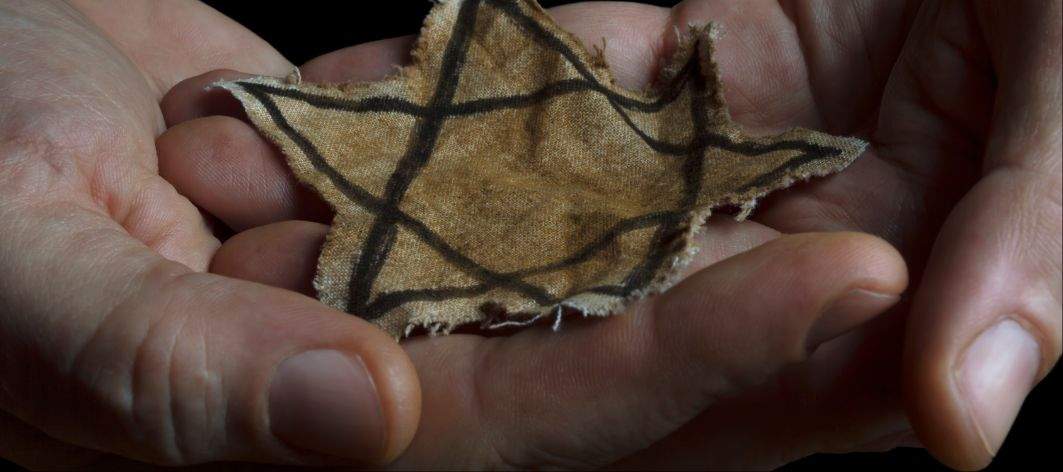
79 Years Ago, Just Before Liberation, Began the Tragic Death Marches From Auschwitz - Nazi Genocide Under the Guise of Evacuation
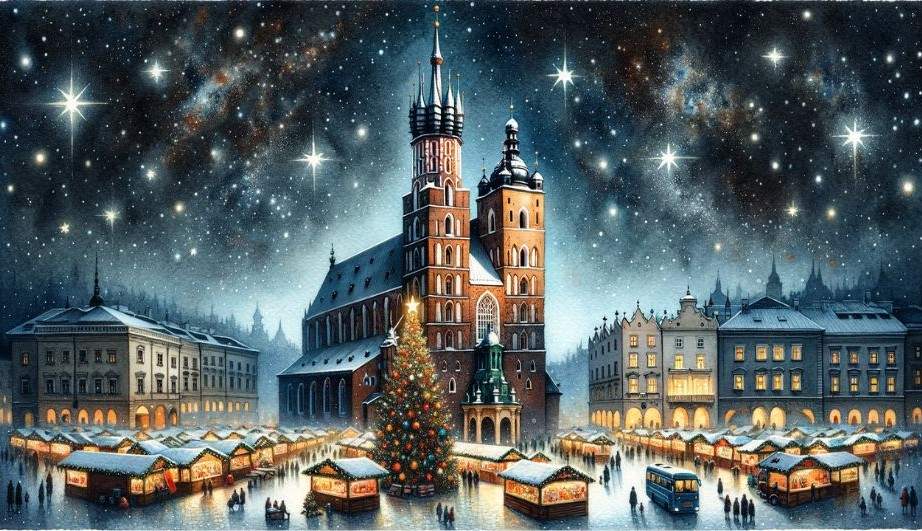
Winter in Krakow 2023/2024: Your Guide to the City's Attractions
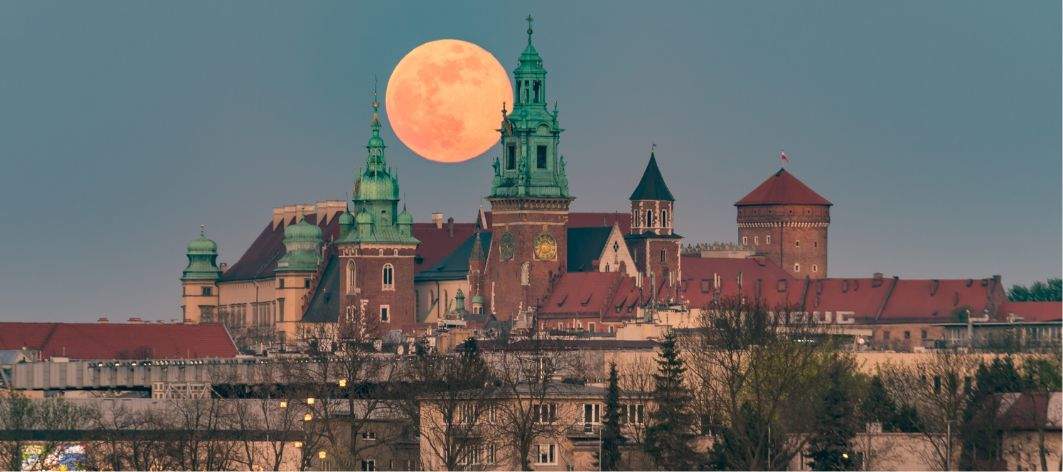
Discover the Secrets of Wawel's Underground: A New Tour Full of Mysteries
The new exhibition 'Wawel Underground. Lapidarium' reveals the history and architecture of the Royal Castle on Wawel Hill. Explore Wawel's hidden secrets!

The Dragon Trail: Krakow's New Tourist Attraction
Discover the mysterious Dragon Trail in Krakow – an interactive tourist route combining art, history, and city legends into a unique experience.
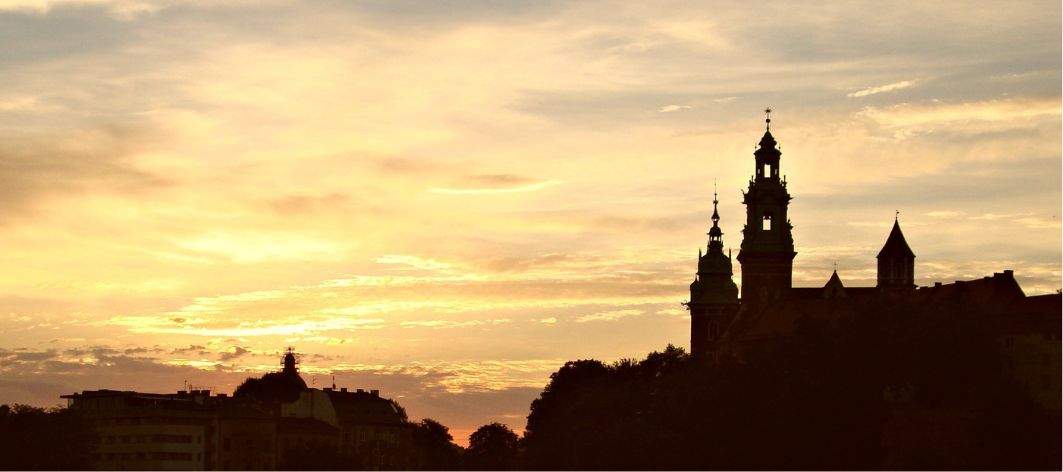
"The Image of the Golden Age" at the Royal Castle on Wawel Hill
Join us for the exhibition "The Image of the Golden Age" at the Royal Castle on Wawel Hill. Discover the flourishing of culture and art in the Jagiellonian era.
Plan your visit
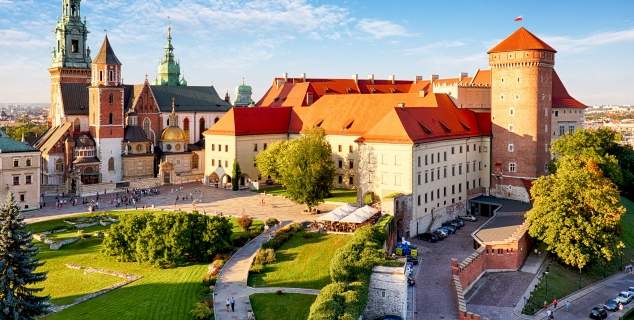
Wawel Hill in Kraków - a tour with an audio guide in the Wawel Castle areas
Learn the history of Wawel Hill and functions of individual buildings of the Wawel Castle and the surrounding area. Visit this symbol of Polish statehood during a pleasant walk with a professionally prepared audio guide.
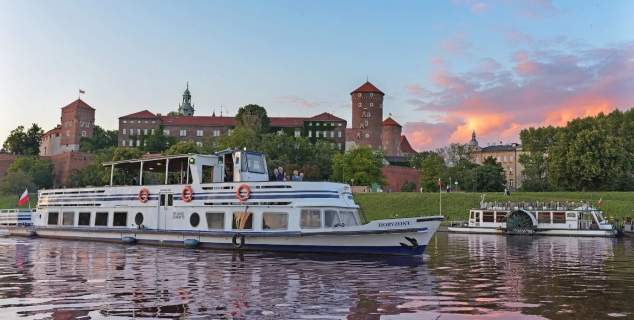
Krakow Vistula River Cruise - 1-hour boat tour
Take advantage of the offer and join us for an unforgettable journey along the Vistula River aboard our stylish boat. Discover Krakow's landmarks from a new perspective, admiring the unique city panorama. Get to know Krakow better with our professional audio guide. Book a cruise on the Vistula and experience unforgettable moments under the supervision of an experienced captain.
Related attractions

Manggha Museum of Japanese Art and Technology
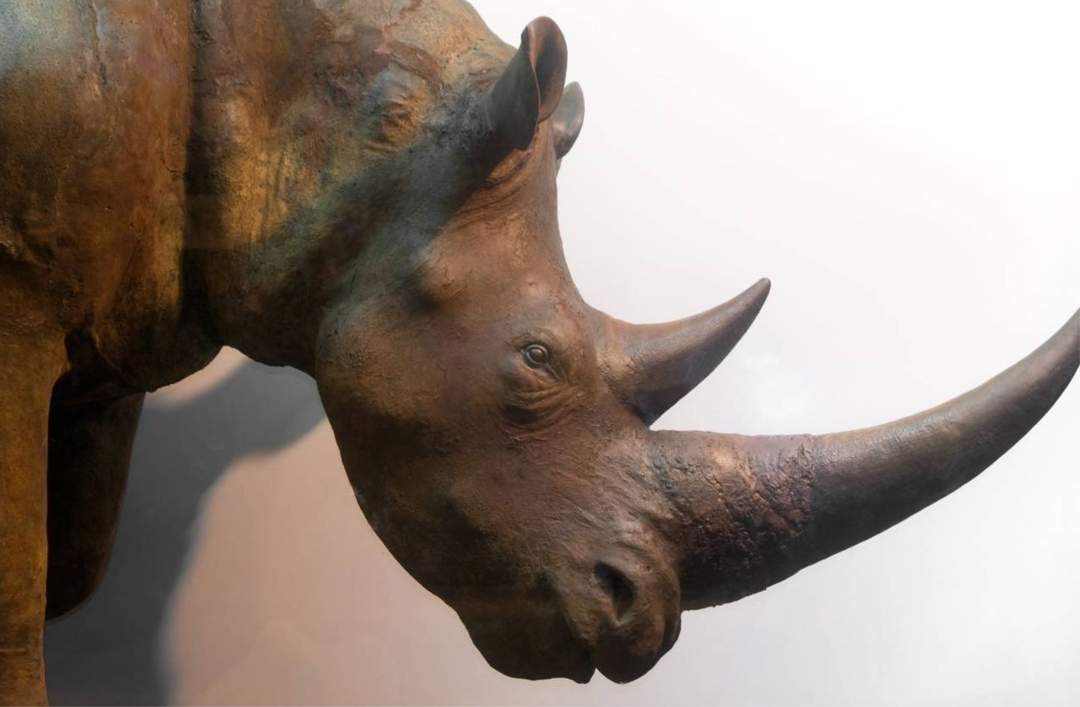
Natural History Museum of the Institute of Systematics and Evolution of Animals PAN in Krakow
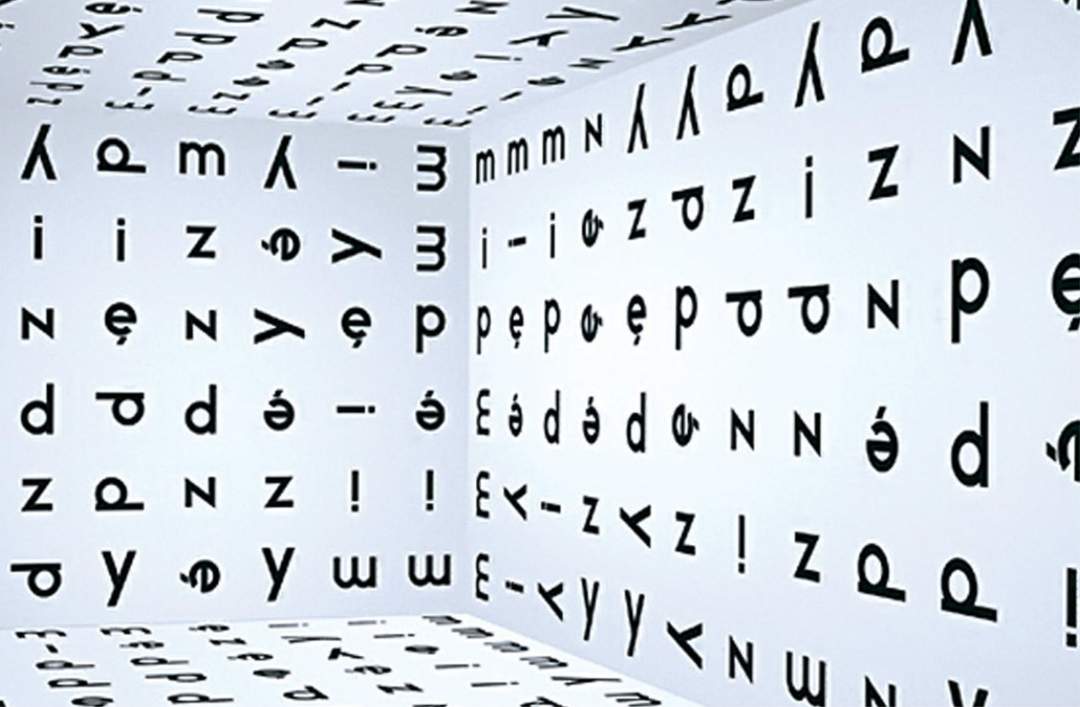
Museum of Contemporary Art in Krakow MOCAK
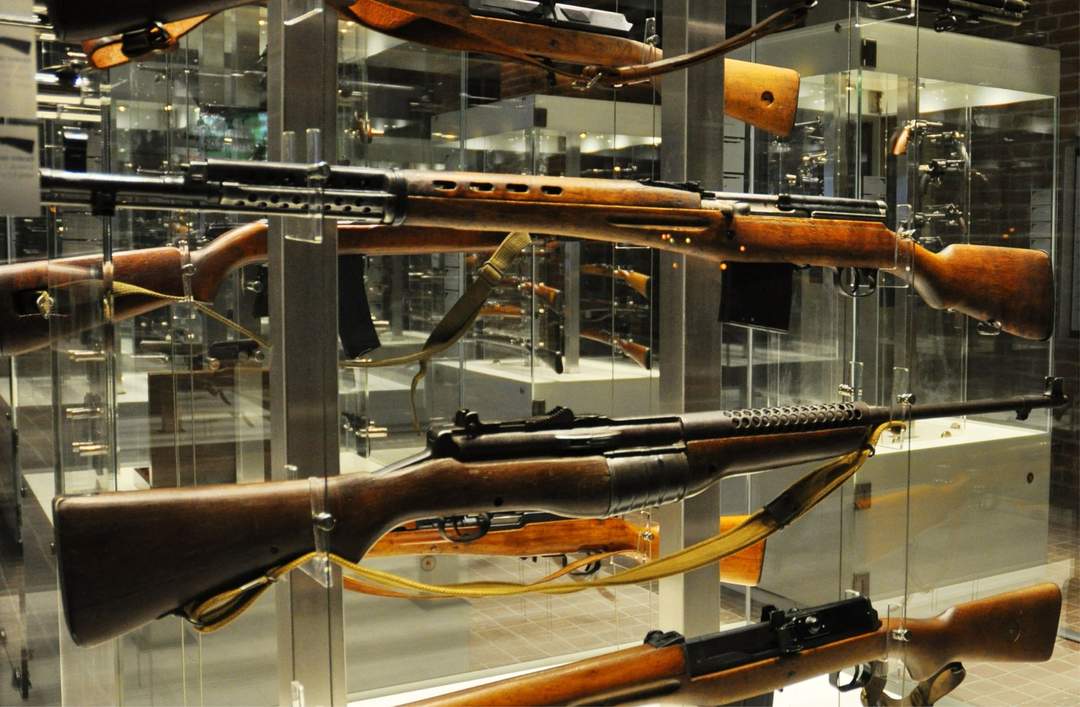
Krakow Home Army Museum
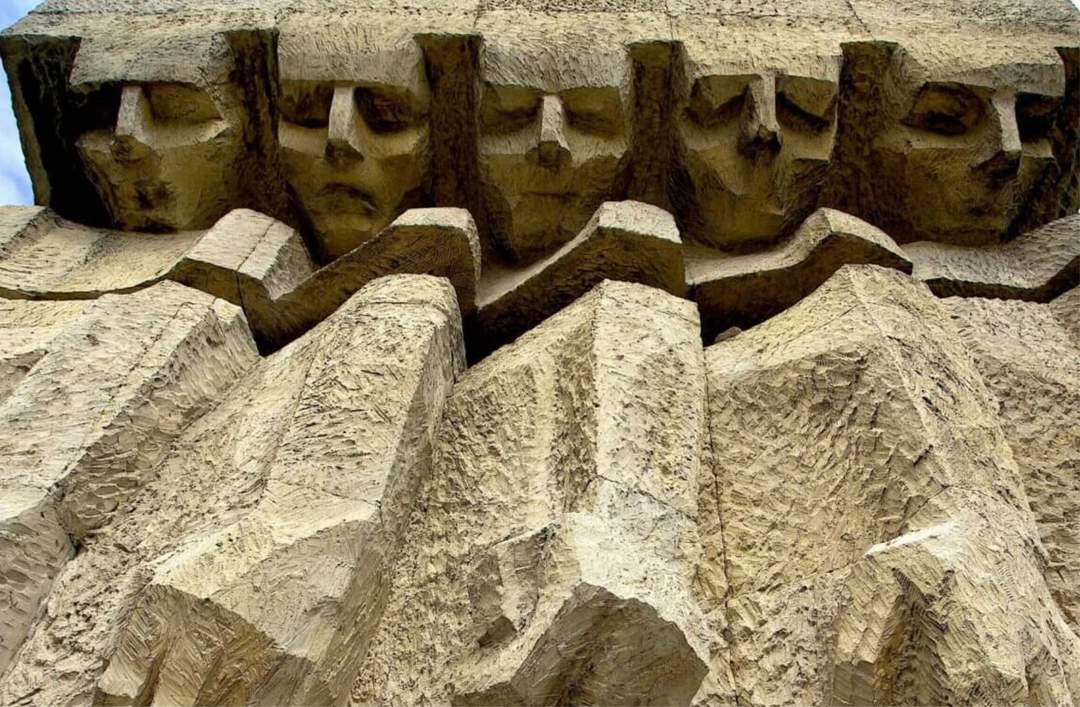
Kraków-Płaszów Concentration Camp: Museum & Memorial
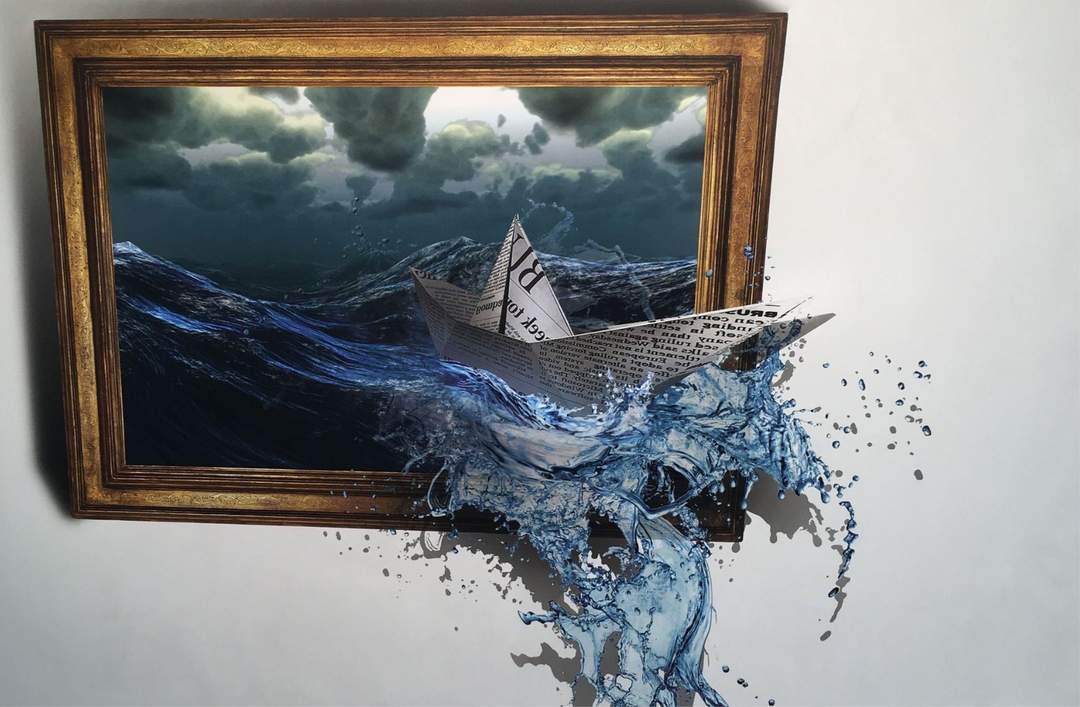
Museum of Illusions
What are the opening hours of wawel cathedral.
Wawel Cathedral is open daily, but the opening hours may vary depending on the day of the week and season. Check the Cathedral's official website for up-to-date information.
How much does admission to Wawel Cathedral cost?
Admission to Wawel Cathedral has a fee, but ticket prices may vary depending on which parts you wish to visit. Check the Cathedral's official website for detailed information on ticket prices
Does Wawel Cathedral offer guided tours?
Yes, Wawel Cathedral offers guided tours, where a guide will show you around the monument and tell you about its history. Advance reservations are recommended, especially during the tourist season.
Is Wawel Cathedral accessible for people with disabilities?
Wawel Cathedral is partially adapted for people with disabilities. Wheelchair users have access to some parts of the Cathedral, but some areas may be difficult to reach. Contact the Cathedral for more information on this subject.
What are the main attractions at Wawel Cathedral?
Wawel Cathedral is the burial site of Polish kings and an important place of religious worship. Notable features include the Sigismund Tower with the Sigismund Bell, the royal crypt, chapels, and the magnificent architecture and artwork inside.
4.8 ( 10 reviews )
Why choose us.
We have been active as a tourist operator in Cracow for 14 years and in that time we have served over a million customers! The resulting experience has allowed us to set up a tight-knit team to ensure that our tours are perfect in every detail. As we co-operate closely with tour companies, we are able to provide our customers with professionally organised tours hosted by experienced guides who are passionate about sharing their extensive knowledge of Cracow and places of interest in the area, such as-Auschwitz-Birkenau and the Wieliczka Salt Mine. We also specialise in organising premium tours, such as private tours of the most beautiful sites in the Małopolska region. We will be happy to plan your day in Zakopane, the Pieniny Mountains or Częstochowa. We also provide airport transfers and other transport services for passengers. Our modern fleet will make sure you travel in comfort and enjoy the touring experience. Each of our employees is fluent in English. We use modern booking systems operated by an experienced team of dispatchers. We work every day to earn our customers’ trust and make sure they get maximum value for money.
- Wawel Cathedral
Wawel Cathedral is Krakow’s pride. From 14th century this extraordinary place was a witness of coronations, royal weddings and funerals. You can admire the beautiful Sigismund’s C hapel , an emblem of the Tuscan Renaissance. At the top of the Sigimund’s Tower there is the most famous Polish bell – the massive Sigismund’s Bell. In the vaults of the Chapel, you can see the Royal Tombs, where almost all Polish monarchs and national heroes, like Tadeusz Kosciuszko are buried. For some time the bishop here was Karol Wojtyla, better known to the world as Pope John Paul II.
- AB Poland Travel | Top Polish Attractions
In the cathedral, located on Wawel Hill since the 14th century, the coronations of Polish kings took place. There are also the tombs of Polish monarchs, national heroes, and famous poets.
The building of the Cathedral was finished in 1364. Due to the little space on the Wawel Hill, its size was limited, but nevertheless, its dignity and grandeur were striking. More and more new details of its interior - altars, tombstones, epitaphs, bas-reliefs, monuments, portals - were added in successive centuries, creating a unique architectural mixture. The creators of this décor are the most outstanding artists of each epoch - Wit Stwosz, Bartolomeo Berrecci, Giovanni Maria Padovano, and others.
In the Middle Ages, there were two churches in this place - Waclaw’s and Stanislaw’s. One was destroyed by the Czechs, the other burned down. The tallest tower is Solomon - the first clock hung on it in the middle of the 14th century.
The cathedral is surrounded by a wreath of nineteen chapels, each of which is a separate temple boasting an original interior. For example, the Swietokrzyska Chapel is decorated with a Ruthenian polychrome from the circle of nowogrodzka art from 1470, while Sigismund Chapel is considered the most beautiful work of Renaissance architects from the Alps.
The cathedral is one of the largest royal necropolises in the world. The first of the rulers to rest in Wawel Cathedral was Wladyslaw Lokietek , who died in 1333. His sarcophagus, founded by Casimir the Great around 1350, is located opposite the entrance to the sacristy. Almost all Polish monarchs are buried at Wawel. In the cathedral and its vaults, there are tombs of kings, queens, royal children, as well as national heroes (Tadeusz Kosciuszko, Wladyslaw Sikorski, Jozef Pilsudski) and great Polish poets (Adam Mickiewicz, Juliusz Slowacki).
Among the numerous tombstones of the Wawel Cathedral, the one of the king Kazimierz Jagiellonczyk from the end of the 15th century stands out. It was carved by Wit Stwosz , a prominent artist of German descent (his most famous work is the altar in the St. Mary's Church on the Krakow Market Square, one of the city's biggest tourist attractions). Stwosz skillfully recreated the reclining figure of the deceased king, dressed in coronation robes, which emphasized the priestly character of the monarch. From the outside, the monarch is very dynamic as if recorded at the time of death. Open eyes, tilted head and clamped palms on the royal regalia give the sculpture an extremely intimate character. The rich sculptural frame contains a wide range of references to the role of the monarch in medieval society and the idea of the divine origin of royal power.
What is more, in 1520 the most famous Polish bell was cast under the name " Sigismund " (or "Sigmund") in honor of King Sigismund I the Old. There is a belief that the bell was cast from trophy Moldovan guns captured during the famous battle of Obertyn. The bell weighs about 12,600 kg, it rings on the most important events in Poland and is one of the symbols of the country. You can see this magnificent piece of art in the northern part of the Wawel Cathedral.
Tours including Wawel Cathedral
Krakow day tour from warsaw.
From €96 per person
4.81 111 opinions
Krakow day tour from Warsaw by train
From €80 per person
4.98 120 opinions
New Year’s Eve city break in Krakow 5 days (4 nights)
From €390 per person
4.69 47 opinions
City break in Krakow 3 days (2 nights)
From €350 per person
4.70 116 opinions
Krakow private city tours by car
From €200 per person
4.84 80 opinions
Krakow private walking tour
From €130 per person
4.97 112 opinions
Please note:
- Entrance times vary
- Daily visitor limits
- Tickets are valid only on day of purchase
- Large bags must be checked

See Map of Wawel Hill

Visit the Permanent Exhibitions
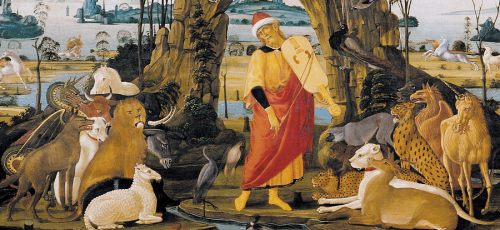
The Lanckoroński Collection. Virtual Visit
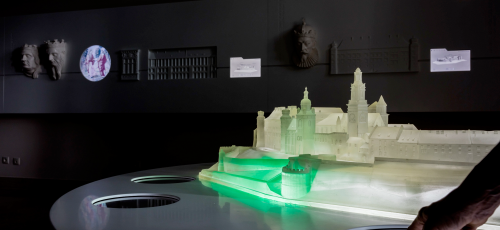
Multimedia Center
Current temporary exhibitions.
Do you need help?
Call us +48 12 346 38 99 Text us on WhatsApp +48 728 448 109
Wawel Cathedral – 4 Secrets Hidden Inside to Discover Get ready to learn about the mysteries of this majestic building!
The Wawel Cathedral, called Katedra Wawelska in Polish, is one of the most essential national sanctuaries in Poland that served as the coronation site of Polish monarchs throughout the years.
Housing numerous art treasures, the history of the Wawel Cathedral spans over a thousand years making it one of the most exciting spots in the entire country and the city of Krakow. Visitors are fascinated by the Wawel Cathedral because of its 14th-century architecture and the marvelous collection of arts ranging from Gothic, Renaissance and Baroque to Classicist and even Modern.

Wawel Cathedral
But the Cathedral is much more than just a treasure trove for art enthusiasts. In fact, many of its artifacts reveal mysterious histories that date back to the complicated history of Polish kings and queens.
This post unveils 4 secrets hidden inside the Wawel Cathedral to help you fully appreciate the mysterious nature of this breathtaking national sanctuary.
So let’s jump right in, shall we?
Wawel Cathedral – useful tips
Let’s start with some practical knowledge about sightseeing the Wawel Cathedral:

Wawel Cathedral – opening hours
Wawel cathedral – entrance fee.
- The entrance to the Cathedral itself is free of charge but if you want to see the Sigismund Bell, Royal Tombs and Cathedral Museum you are ought to purchase the ticket (the adult ticket costs 12 PLN but children, school youth, students, teachers, senior citizens and pensioners, whether from Poland or abroad, are entitled to CONCESSION TICKETS upon presenting the relevant document).
- The awesome way of sightseeing is an audio-guided tour . The tour around Wawel Cathedral and up the Sigismund Bell tower takes around 30 minutes, the Royal Tombs 10 minutes, and the Cathedral Museum around 20 minutes. You will learn everything we were talking about before :)
- Renting the audio guide costs 7 PLN .
Wawel Cathedral – how to get there?
You can reach Wawel Cathedral by public transportation (the closest tram stop is WAWEL ). Check out the map below to where exactly the Cathedral is located:
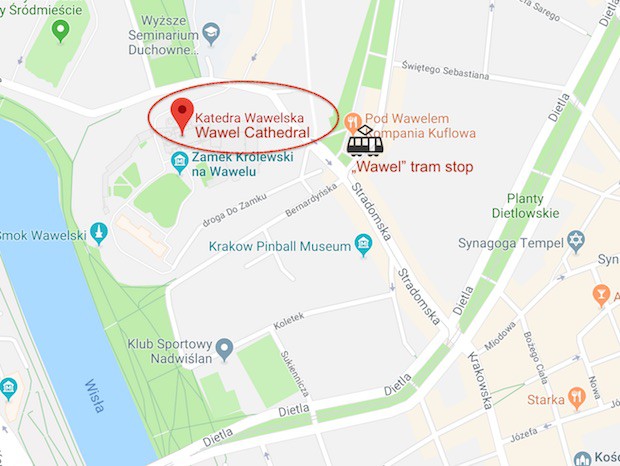
Wawel Cathedral – Tickets
Ticket can be purchased either at the Wawel Castle Ticket Office or exclusively at the Discover Cracow website .
And if you want to learn more about Wawel Castle , we have a beautiful and interesting blog post ready for you.
Wawel Cathedral – 4 secrets hidden inside
The jagiellonian curse.
We all remember what happened when Howard Carter opened the tomb of King Tutankhamun in the 1920s. People who were with him started to become ill, and many of them died, according to the popular opinion due to the curse of the pharaohs .
Believe it or not, but a similar story happened in the early 1970s in Krakow when a group of researchers opened the tomb of King Casimir IV Jagiellon .
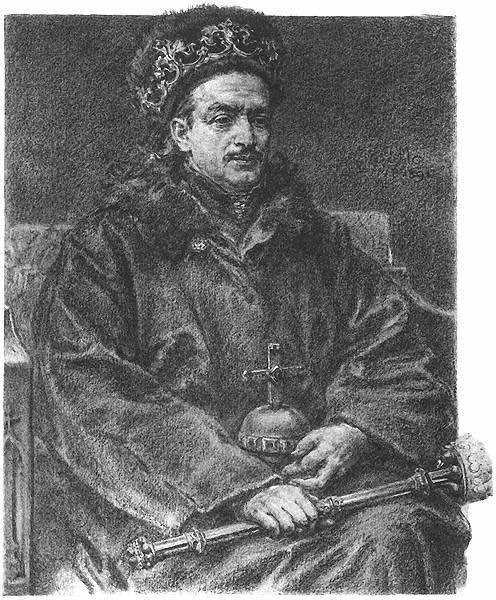
King Casimir IV Jagiellon
The examination begins
Now, listen to this:
During the 1970s, Poland was a profoundly socialist country that didn’t allow many types of research to be conducted. In general, receiving an agreement for examining historical sites was very challenging, so when archaeologists were finally granted permission for study, they would advertise it all over the place .
Interestingly, it was the man who would later become Pope John Paul II – then serving as the Archbishop of Krakow – who acted as the leading supporter of researchers who wanted to study King Casimir . In fact, Karol Wojtyla was responsible for the final decision to allow opening the tomb of the King.
Mysterious deaths
So it finally happened.
Half a millennium after the king was buried, archaeologists could finally examine his remains and discover all the secrets he took to the grave . Naturally, the researchers also hoped that the burial site wasn’t looted by Russians during the Second World War – that’s what happened to many royal tombs in Poland.
The archaeological works at the Wawel Cathedral were at the time a hot topic in the Polish media, and everyone became obsessed with the medieval king . At the same time, researchers who were part of the project began to joke about a potential curse that could take their lives during the examination.
Unfortunately, their words were prophetic…

The tomb of King Casmir / source: www.katedra-wawelska.pl
When the archaeologists opened the tomb on April 13, 1973, they saw a rotten wood coffin bearing the remains of the king. Unfortunately, during the examination process, a few researchers died – some of them during due to infections and from strokes. After only several days of research, four researchers died !
What was the cause?! But wait... it gets worse:
During the next few years, many others suffered from cancer and other diseases . In total, 15 people died as a result of exposure to King Casimir’s remains in the tomb or the laboratory. The deaths became a media sensation .
After years of speculation, researchers discovered the reason behind the death of all of these people. And it turns out that it had more in common with the Egyptian tombs than we expected. The killer was Aspergillus flavus, a fungus toxic to mammals that causes infections and can be dangerous to those with a compromised immune system. It probably appeared in the tomb during the medieval times, and when the grave was opened, it was a biological bomb that exploded 500 years after the burial of King Casimir .

source: www.gazetakrakowska.pl
Eventually, the remains of King Casimir were reburied in the original tomb. And although the mystery of the curse is solved, you can still hear many people repeating the story about the king who simply didn’t want to be disturbed . Perhaps one fungus can’t be enough to cause so much damage after all?
The wooden crown of Queen Jadwiga
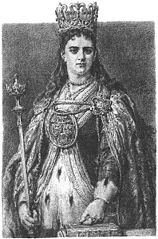
The Queen Jadwiga
On July 17, 1399, Krakow witnessed one of the saddest events in its history. The death of the famous Queen Jadwiga following childbirth was a tragic event that profoundly affected the history of Poland.
However, throughout the centuries the location of her burial was not visible or well-known to the public. The local authorities were planning to move her remains to a more visible location and prepared a unique sarcophagusfor her sculpted by a famous sculptor in 1902.
Finally, Prince Cardinal Adam Sapieha decided to make up for all the years of neglect and respectfully examine and move the remains of Queen Jadwiga to a new location nearby the Sigismund Chapel .

Queen Jadwiga’s tombstone
The most popular choices
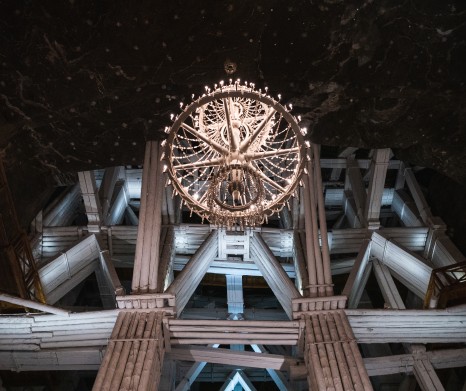
The opening of the tomb
The opening of the tomb was scheduled for July 11, 1949.
At 9 o’clock, the entire commission was present for opening the tomb. Together with the Prince Cardinal there where professors from the local university, authority representatives, as well as local literary figures. As the workers began to reveal the tomb, it turned out that looters must have attempted that in search of treasures as the tomb was damaged. At 11:25, the workers found and revealed the coffin.
As they removed the upper layer of wood from the coffin, they saw the orb and cross (the globus cruciger, a Christian symbol of authority used by royals in Poland) and a shape of a figure covered in a dark cloth. The entire coffin was moved to the treasury of the Cathedral, and the remains began to be studied .
The Cathedral was closed for the occasion, and outside of its gates, there were crowds of people looking for news about the proceeding works as workers removed rubble from the Wawel Cathedral.
Polish beloved Queen
You might be wondering:
Why were people so interested in the remains of Queen Jadwiga?
It may come as a surprise, but Queen Jadwiga was surrounded by cult due to her sacrifice for the country, her modesty, and political wisdom .
It turned out that the body of Queen Jadwiga has not been moved since the day of her burial. But as researchers removed various royal objects from the body, they still couldn’t find the crown.
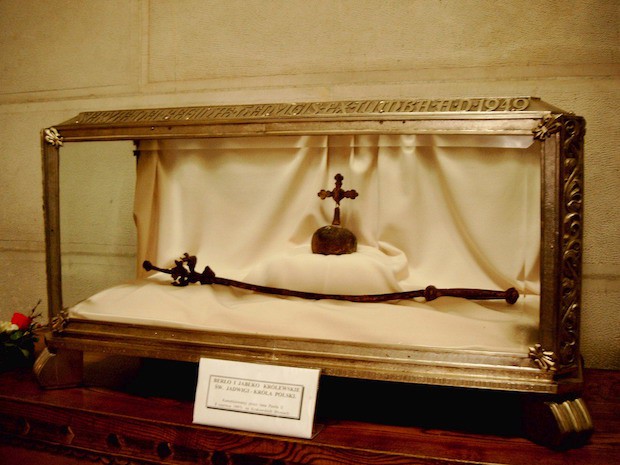
Wooden Insignia of Queen Jadwiga
According to the legend, Queen Jadwiga gave up all her Crown Jewels and her valuables to restore Krakow’s Academy. Her husband buried her like a queen by adding a wooden imitation of the crown to her burial costume. Several days later, the Queen was reburied to the beautiful sarcophagus you can still admire today.
Sigismund Bell
Another exciting attraction in the Wawel Cathedral is the Royal Sigismund Bell , the largest of the five bells that hang in the Sigismund Tower. The bell was cast in 1520 and named after the King who commissioned it.
Now get this:
The bell weighs a total of 13 tons and requires 12 experienced bell-ringers to swing it!
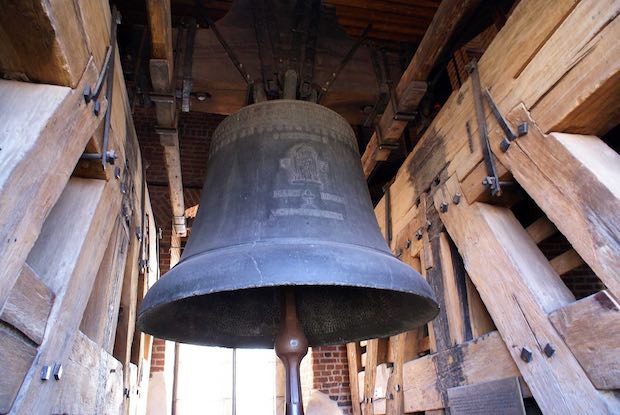
What does the bell symbolize?
The bell tolls on special occasions and is regarded as one of Poland’s national symbols . It’s a great idea to visit the bell because its body is decorated with various inscriptions and images.
For example, if you look at the upper part of the bell, you will see a Renaissance Latin inscription that indicates the bell’s donor and its dedication to God :
Deo Opt Max ac Virgini Deiparae sanctisque patronis suis divus Sigismundus Poloniae Rex campanam hanc dignam animi operumque ac gestorum suorum magnitudine fieri fecit anno salutis MDXX ('To the greatest and best God, and to the Virgin Mother of God, the illustrious King Sigismund of Poland had this bell cast to be worthy of the greatness of his mind and deeds in the year of salvation 1520.')
On the opposite side of the bell, you will find a corresponding an image of St. Stanislaus represented as the Bishop of Krakow. Stanislaus is the patron saint of the Wawel Cathedral and, by extension, of the city of Krakow.
You can also spot the symbols of the two nations that were united under the reign of King Sigismund I – the White Eagle that symbolizes the Kingdom of Poland located on the left, and the Knight of the Grand Duchy of Lithuania on the right.
The making of the bell - quite an interesting story itself!

“Hanging the Sigismund Bell” by Jan Matejko
It was cast by Hans Behem from Nuremberg in 1520. He set up a particular foundry nearby the beautiful Florian Gate where he claimed to be using scrap metal taken from cannons captured by the Polish-Lithuanian forces from the Muscovite army in a battle. Another legend tells that the source of the metal was, in fact, the Battle of Obertyn.
The bell was finally installed in the tower and rang for the first time in 1521. From then on, it rang during religious and national holidays, but also significant moments in the history of the country .
For example, the bell rang during the German invasion of Poland on September 1, 1939 . It also rang on the eve of Poland’s entry to the European Union on April 30, 2004. You could you could hear the bell toll during the funerals of significant figures in the Polish history and culture such as such as Adam Mickiewicz (1900), General Władysław Sikorski (1993), or Pope John Paul II (2005).
Polish Occupier celebrating their victories
Interestingly, the bell has been used by forces occupying Poland to mark important events as well.
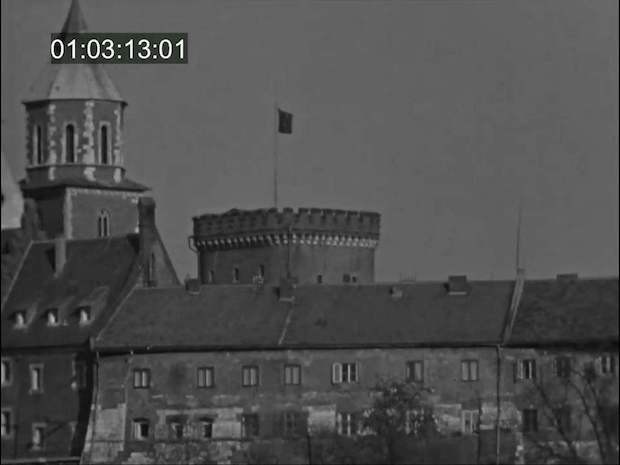
A Nazi flag on Wawel Castle, 1939 / a still from a short video of Wawel during WW II (to watch he video click here )
For example, Hans Frank , the governor-general of Nazi-occupied Poland ordered the Sigismund Bell to ring in 1940 to celebrate the German victory over France. Following the death of the Soviet dictator Joseph Stalin in 1953, the governing communist authorities demanded to ring the bell as a sign of mourning. However, the Cathedral’s bellringers refused to do that and soldiers were ordered to ring the bell instead. Other sources claim that the bell was rung by a group of Communist activists.
Pranks and breakage
Needless to say, some people have over the years attempted to ring the bell as a prank.
For instance, in 1882 a group of Polish high school pupils who would later become integral to the Polish intelligentsia-sneaked into the tower and managed to ring the bell somehow. Among them was Stanisław Wyspiański , a famous poet, playwright and painter who – quite ironically! – had the bell ring at his funeral in 1907.
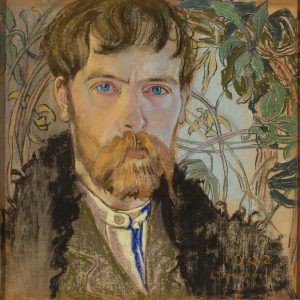
Stanisław Wyspiański
During all these years, the bell made about 12 million strokes. In fact, during the 19th century, it broke and underwent repairs three times. Recently, it broke again in 2000 , but it was replaced by a brand-new bell created by a local metallurgic company of Krakow and installed in April 2001.
All these stories demonstrate that the bell was and still is an integral element in the Polish history every visitor should know.
Bones of the Wawel Dragon
It goes without saying that the Wawel Cathedral is an important place in the history of Poland because it holds the remains of a number of royals and most famous people. However, one of the things that attract people to the Cathedral is the hanging bundle of bones that are rumored to belong to a local dragon .

Dragon’s bone
Is it real?
You can spot them right at the Cathedral’s entrance. They are said to be the real bones of the Wawel Dragon who terrorized the early inhabitants of Krakow. According to the legend , the Dragon forced the local people to put out a fresh young maiden each month to quench his appetite. Finally, he was killed by a local hero who fed him a lamb that was filled with sulfur. That meal made the Dragon so thirsty that he drank so much water from the Vistula River that he exploded.
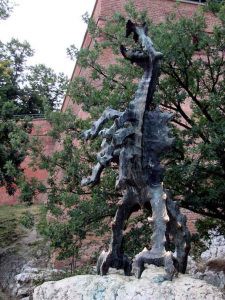
Wawel Dragon
The bones of the Dragon hanging at the entrance to the Cathedral are considered fossilized whale or mammoth bones. But their real origin doesn’t really matter because they have been here for centuries and are actually credited with magical powers!
Do you know any other interesting stories about the Cathedral? Or maybe you would like to learn something more about one of these legends?
Leave us a comment below and share your experience at the Wawel Cathedral. We’re always looking for new tips and ways we could help our community learn more about the treasures hidden in the city of Krakow!

This site uses cookies.
By using this website, you agree to our use of cookies in accordance with your browser settings. You can learn more about the purpose of cookies and how to change your browser settings. Learn more ›

Wawel's Cathedral Museum
The John Paul II Cathedral Museum is situated on Wawel Hill, between the Vasa Gate and the former seat of the Castle Seminary, in the Cathedral House, which was made up from two 14th century buildings. Its eastern part, adjoining the Vasa Gate, was formerly a tenement built in the time of Kazimierz the Great, which had been in the hands of the Rorantists of the Sigismund Chapel since the 16th century. The Gothic House – seat of the college of Cathedral Mansionaries who performed the liturgy in St Mary’s Chapel – forms the western part.
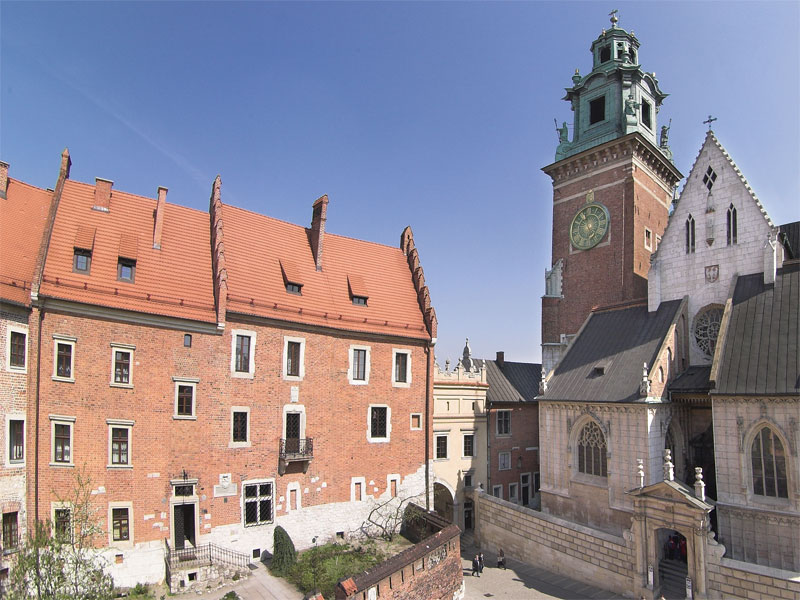
In 1901 both buildings were purchased by the Wawel Cathedral Chapter in order to house historical pieces from the Cathedral. Thorough restoration was undertaken by two leading architects of the time: professor Sławomir Odrzywolski and professor Zygmunt Hendel. In 1906 cardinal Jan Puzyna established the Diocesan Museum in the buildings; this event is commemorated by a marble plaque over the lintel, flanked by the coats of arms of the founders: Cardinal Puzyna of ducal family and the Cracow Cathedral Chapter itself. In 1975, Cardinal Karol Wojtyła decided to transform the Diocesan Museum into the Cathedral Museum, where objects from the Wawel Cathedral would be kept.
On the 28th of September 1978, on the 20th anniversary of the day he was anointed bishop, Cardinal Karol Wojtyła, at the time Archbishop of Cracow and prospective Pope John Paul II, ceremonially opened and blessed the Wawel Cathedral Museum, which was to be his last official duty at Wawel before the papal election. Soon the Cathedral Chapter decided to give the Museum the name of John Paul II.
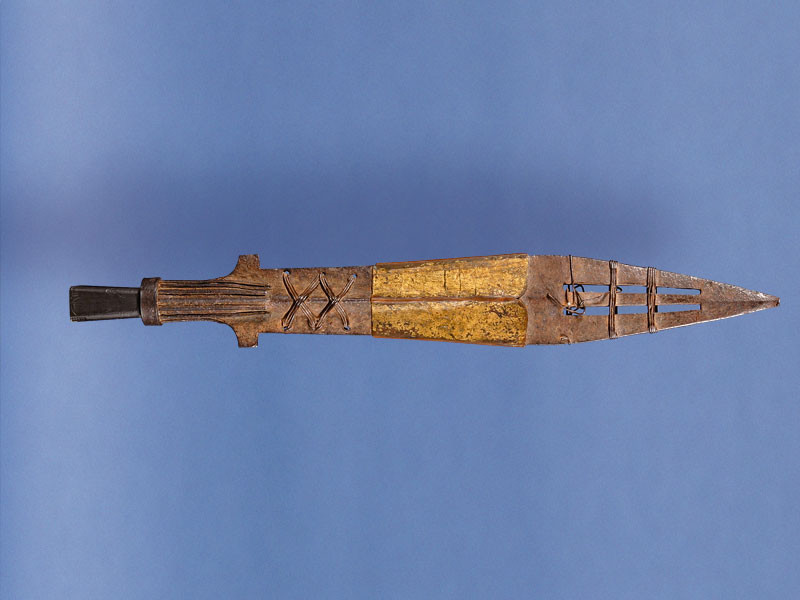
The exhibition shows the oldest and most important Polish regalia, as well as objects of religious cult: handicraft, clothes, paintings and sculptures, being donations of kings, bishops and members of nobility and ranked among the nation’s most precious treasures. The Museum exhibition presents the most precious objects of various times, organised according to their historical and artistic value rather than chronological order. Until recently most of the exhibits were kept in the Cathedral Treasury, which is one of the richest in Poland, even though it is now only a fraction of what it used to be, as it had been looted many times by invaders during various wars involving Poland. Nevertheless, the Wawel Cathedral Museum hosts one of the most valuable art collections in Poland, both in artistic and historical terms.
Copyright © 2007-2015 Parafia Archikatedralna św. Stanisława BM i św. Wacława | All Rights Reserved

IMAGES
VIDEO
COMMENTS
9.00-16.30. 12.30-16.30. 9.00-15.30. 12.30-15.30. The Cathedral is closed for visitors on: Good Friday, Holy Saturday, Easter Sunday, Christmas Eve (24 Dec.) and Christmas Day (25 Dec.) To check when the Cathedral will be closed see: EVENTS. The Cathedral Museum is closed on Sundays and holidays. The Archdiocesan Museum is closed on ...
Plan your visit. Holy Mass. Events. Contact. Facebook. Holy Mass. Holy Mass at Wawel Cathedral: Sunday and holidays 7.00 am Holy Mass at the relics of St Jadwiga 8.30 am Holy Mass in Latin at the relics of St Stanislaus 10.00 am Holy Mass at the Coronation Altar with choir 11.30 am Holy Mass at the Coronation Altar 4:30 pm (November - March ...
It's Poland's Westminster Cathedral, the absolute focal point of the country's religious history, crowning place of kings and queens and architectural overseer of the famous Cracovian gothic skyline. Wawel Cathedral sits in the heart of the royal palace and castle complex that dominates the hill of the same name, on the south side of ...
Please note: at the e-sales page first select the date and then "Wawel Royal Castle - museum visit". Seasonal exhibitions. Dragon's Den open April 20−October 31 last entry 20 min before closing April-June10 am-6:30 pm July, August 10 am-7 am
The Wawel Cathedral (Polish: Katedra Wawelska), formally titled the Archcathedral Basilica of Saint Stanislaus and Saint Wenceslaus, (Polish: Bazylika archikatedralna św. Stanisława i św. Wacława) is a Catholic cathedral situated on Wawel Hill in Kraków, Poland.Nearly 1000 years old, it is part of the Wawel Castle Complex and is a national sanctuary which served as the coronation site of ...
Wawel Cathedral: Things to See and Visit Guide. Wawel Cathedral is not merely a church; it is a captivating museum that offers a glimpse into the rich history and culture of Krakow. As you step inside Wawel Cathedral, you are immediately greeted by the alleged bones of the Wawel Dragon, a legendary creature said to have once terrorized the ...
If online tickets are no longer available, try calling tel. 12 422 16 97 or emailing [email protected] one day before your visit, or get to the Wawel Visitor Centre as early as possible for a chance at tickets for the same day. Wawel Castle. Wawel's prominence as a centre of political power predates the building of the first Cathedral ...
Wawel Cathedral. Kraków, Poland, Europe. Top choice in Kraków. Wawel Cathedral has witnessed many coronations, funerals and burials of Poland's monarchs and nobles. The present cathedral is basically a Gothic, but chapels in different styles were built around it later. The showpiece is the Sigismund Chapel (Kaplica Zygmuntowska) on the ...
Wawel Cathedral (Cathedral Basilica of Saints Stanisław and Vaclav) is an iconic 14th century gothic building in Krakow in Poland steeped in the country's history. Consecrated in 1364, Wawel Cathedral is located on Wawel Hill, one of the most historically significant areas in Poland, renowned as being the centre of the country's power for ...
Wawel Cathedral is free to visit from 9 a.m. to 4 or 5 p.m. Monday through Saturday and between 12:30 and 4 or 5 p.m. on Sundays. If you opt to visit the Cathedral Museum, keep in mind that it is ...
The Royal Room houses the regalia: objects connected with the coronation ceremonies and funerals of the Polish monarchs, as well as their gifts for Wawel Cathedral, which had been kept in the Cathedral Treasury since the 11th century. Among the most important exhibits is St. Maurice's spear, presented by Emperor Otto III to Boleslaw the Brave ...
On Mondays you can explore Wawel Hill, admire the castle's Renaissance exterior architecture and courtyards, and visit the amazing Crown Treasury with our reserved free admission tickets. Book the alternative 3-hour private tour of the Wawel Castle Treasury, Cathedral and Hill. Entrance tickets are included.
Welcome to the Wawel Royal Castle. The Castle and the Wawel Hill constitute the most historically and culturally important site in Poland. For centuries the residence of kings and the symbol of Polish statehood, the castle is now one of the country's premier art museums. Established in 1930, the museum encompasses ten curatorial departments responsible for collections of paintings, including ...
Krakow Wawel Castle ticket price. Tickets for Krakow Wawel Castle and Cathedral Guided Tour are priced at €39 for visitors aged 18 and above. For visitors aged between seven and 17, the tickets cost €37. For students aged 18 to 26 years, the tickets are priced at €38. Children up to six years old get free admission.
Discover the Wawel Cathedral, a historically significant and visually stunning site with centuries of royal and cultural heritage. As a royal coronation church and the resting place of notable Polish figures, it houses extraordinary wall paintings, priceless works of art, rich museum collections, and the renowned Sigismund Bell, named after its founder, King Sigismund I the Old.
Wawel Cathedral is Krakow's pride. From 14th century this extraordinary place was a witness of coronations, royal weddings and funerals. You can admire the beautiful Sigismund's Chapel, an emblem of the Tuscan Renaissance.At the top of the Sigimund's Tower there is the most famous Polish bell - the massive Sigismund's Bell.In the vaults of the Chapel, you can see the Royal Tombs ...
Wawel Cathedral is also the burial place of Polish monarchs. Originally, the kings were buried in burial chambers under the floor. The first king to have been buried at Wawel was Władysław the Short. The tradition of kings being buried in separate chapels, added to the cathedral, began following the death of King Kazimierz IV Jagiellon in 1492.
26 Jan. 2023 - 31 Dec. 2024 WYSPIA Contemporary Art 22 Mar. 2024 - 21 Jul. 2024 WYSPIAŃSKI'S WAWEL. FACEBOOK YOUTUBE INSTAGRAM PINTEREST LINKEDIN. Check what you can see at Wawel, current opening hours and ticket prices.
Published: 09.10.2018. The Wawel Cathedral, called Katedra Wawelska in Polish, is one of the most essential national sanctuaries in Poland that served as the coronation site of Polish monarchs throughout the years. Housing numerous art treasures, the history of the Wawel Cathedral spans over a thousand years making it one of the most exciting ...
The first cathedral church at Wawel was probably built shortly after the Cracow Bishopric was established in the year 1000. Too little is known about the original cathedral to be able to reconstruct its appearance. More is known about the successive Romanesque church from the turn of the 11th and the 12th centuries.
Discover the magic of Krakow's history on the 'Krakow: Wawel Castle, Cathedral, & Rynek Underground Tour'. With expert guides, skip-the-line access, and included entrance tickets, this 5.5-hour journey through UNESCO World Heritage Sites promises an unforgettable experience. From the grandeur of Wawel Castle to the mysteries of Rynek ...
John Paul II's great attachment to this site were seen in his visits to Wawel Cathedral during each of his apostolic visits to Poland in 1979, 1983, 1987, 1991, 1997, 1999 and 2002. He particularly venerated St Stanislaus, the patron saint of Poland, and Blessed Queen Jadwiga, who was canonised by the Pope in 1997.
History. The John Paul II Cathedral Museum is situated on Wawel Hill, between the Vasa Gate and the former seat of the Castle Seminary, in the Cathedral House, which was made up from two 14th century buildings. Its eastern part, adjoining the Vasa Gate, was formerly a tenement built in the time of Kazimierz the Great, which had been in the ...